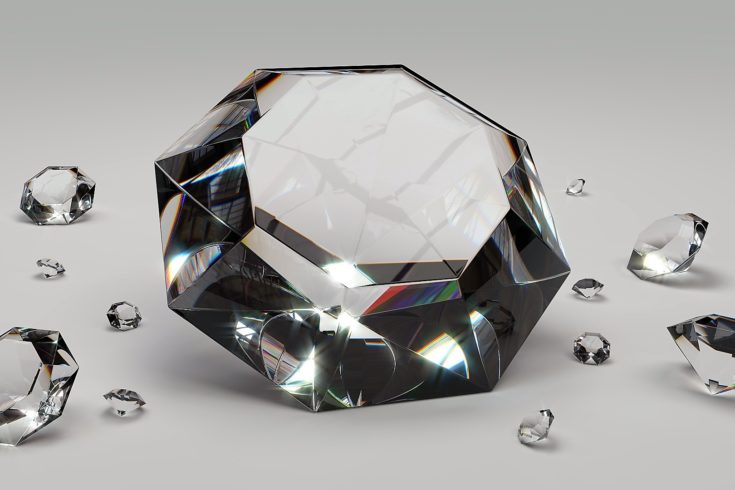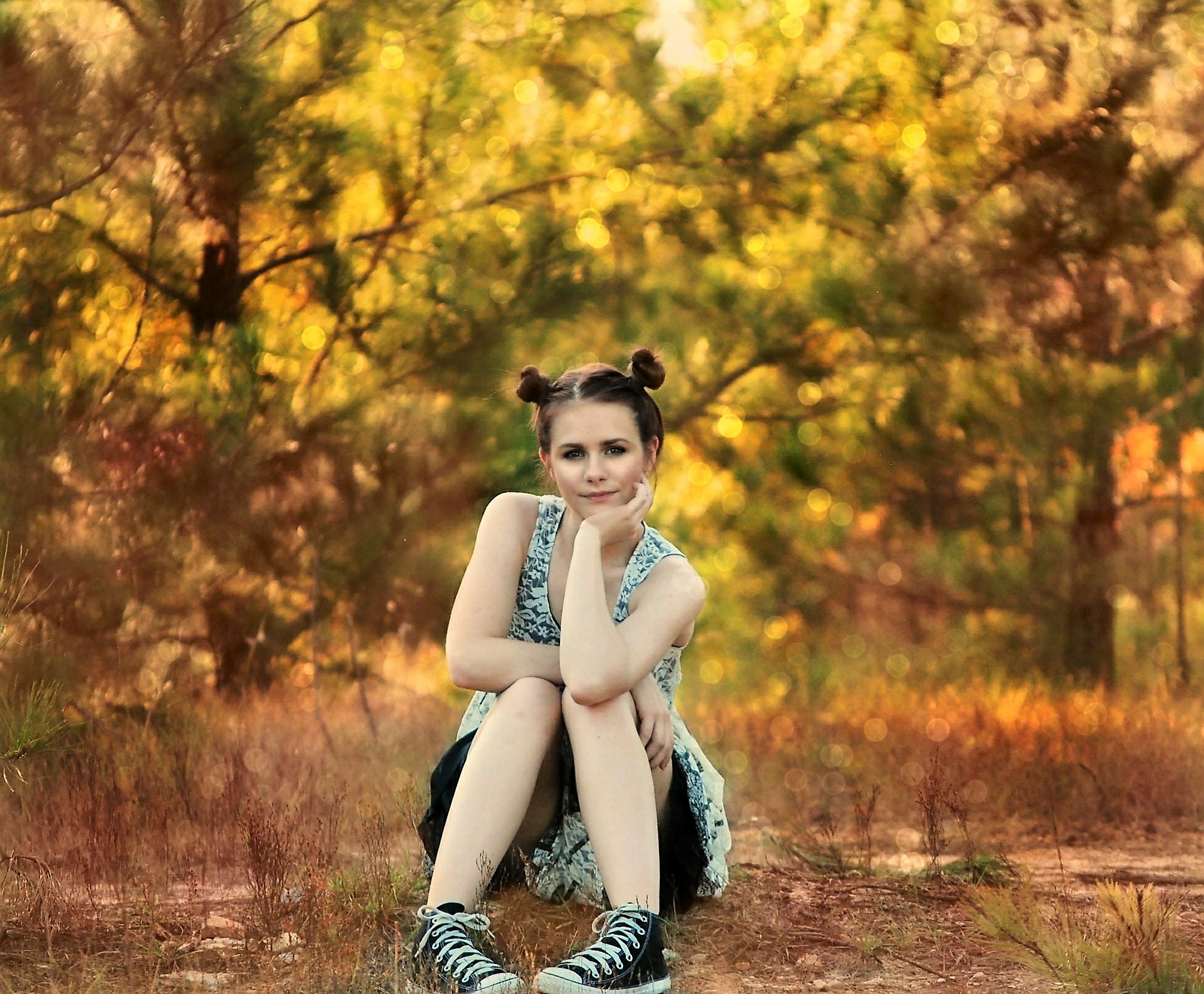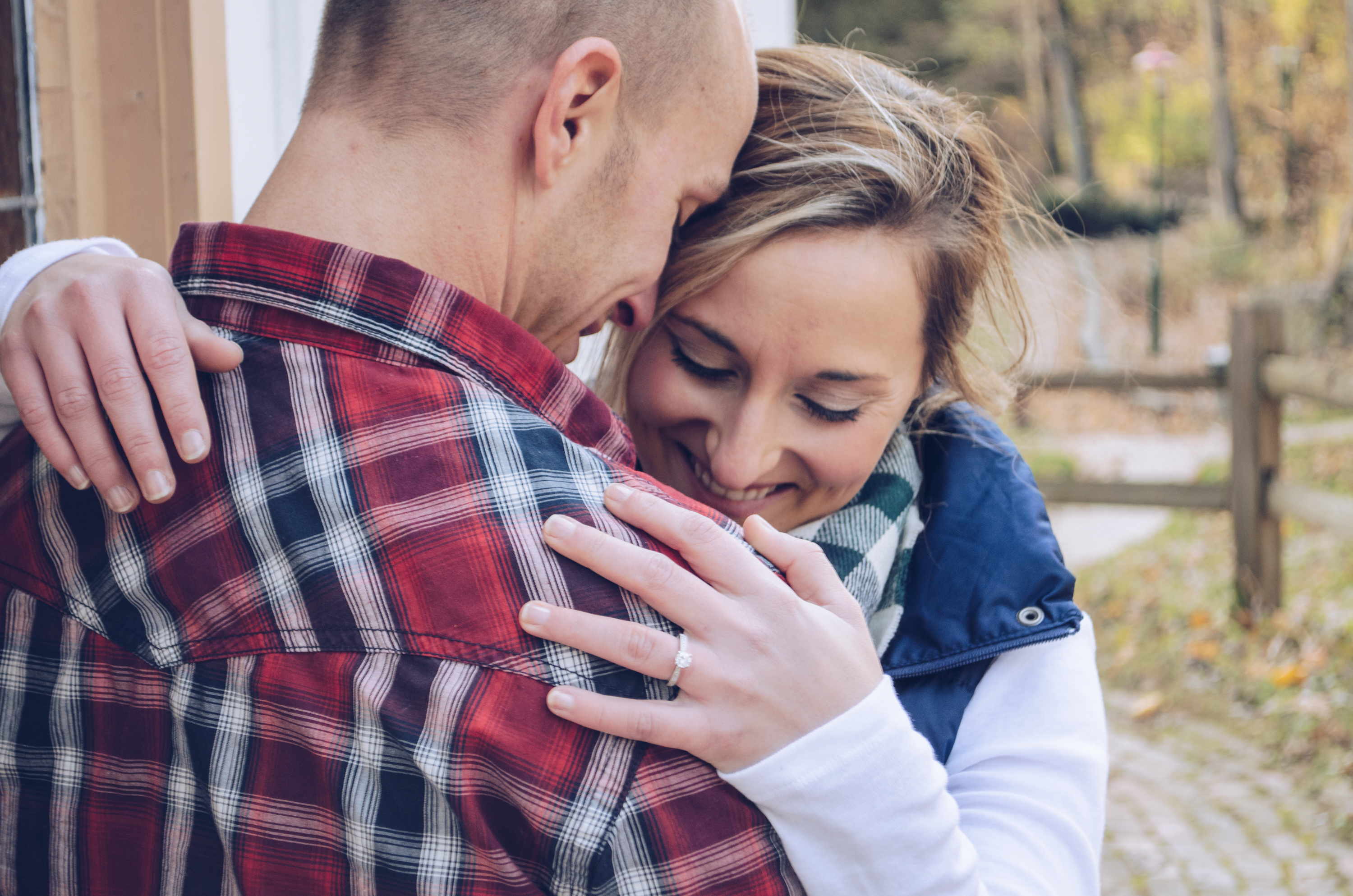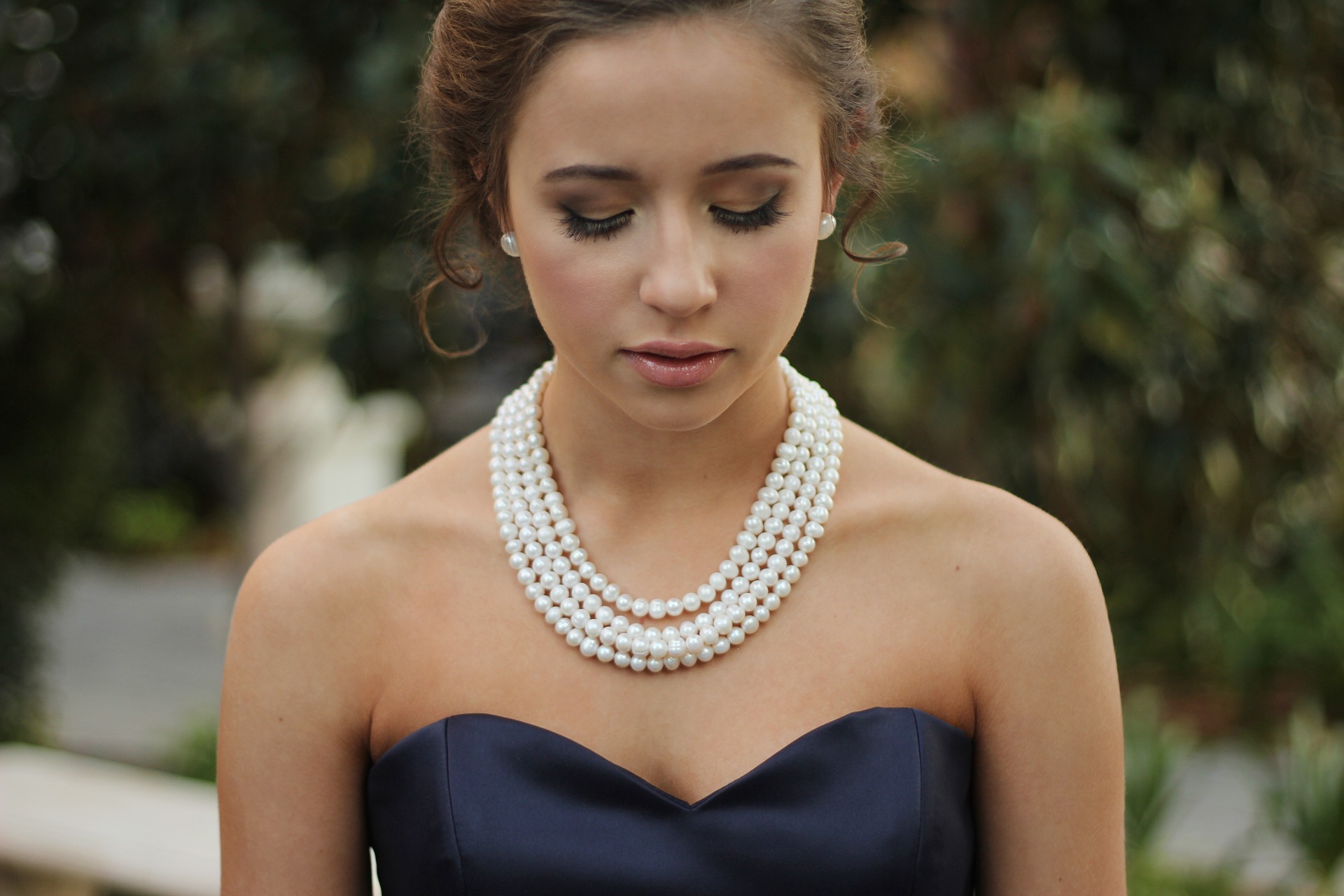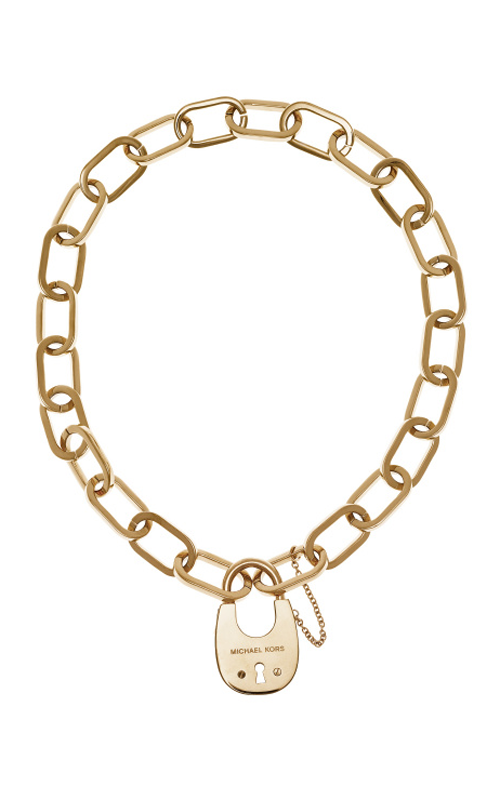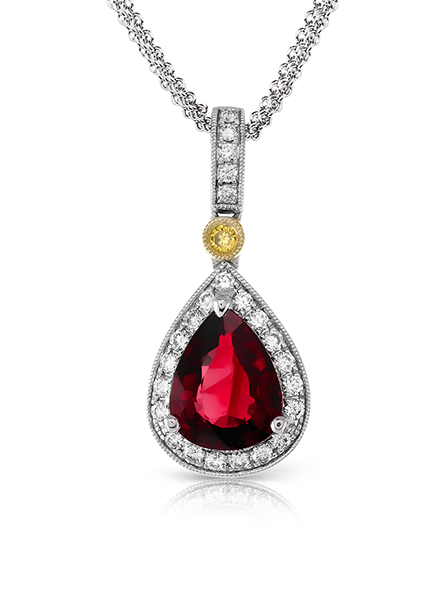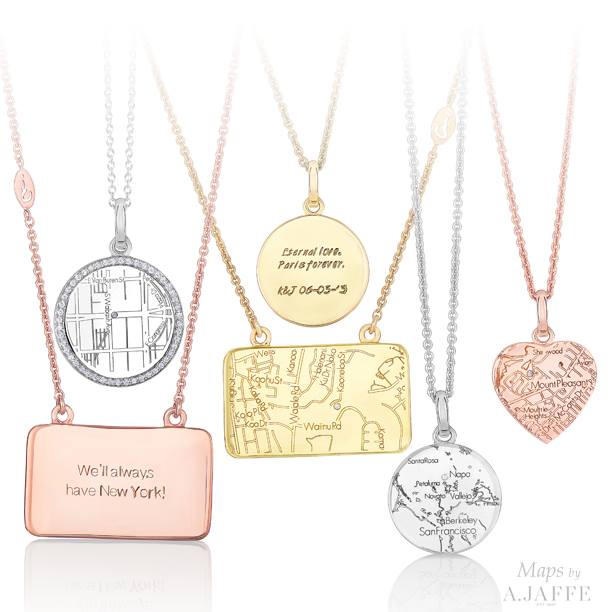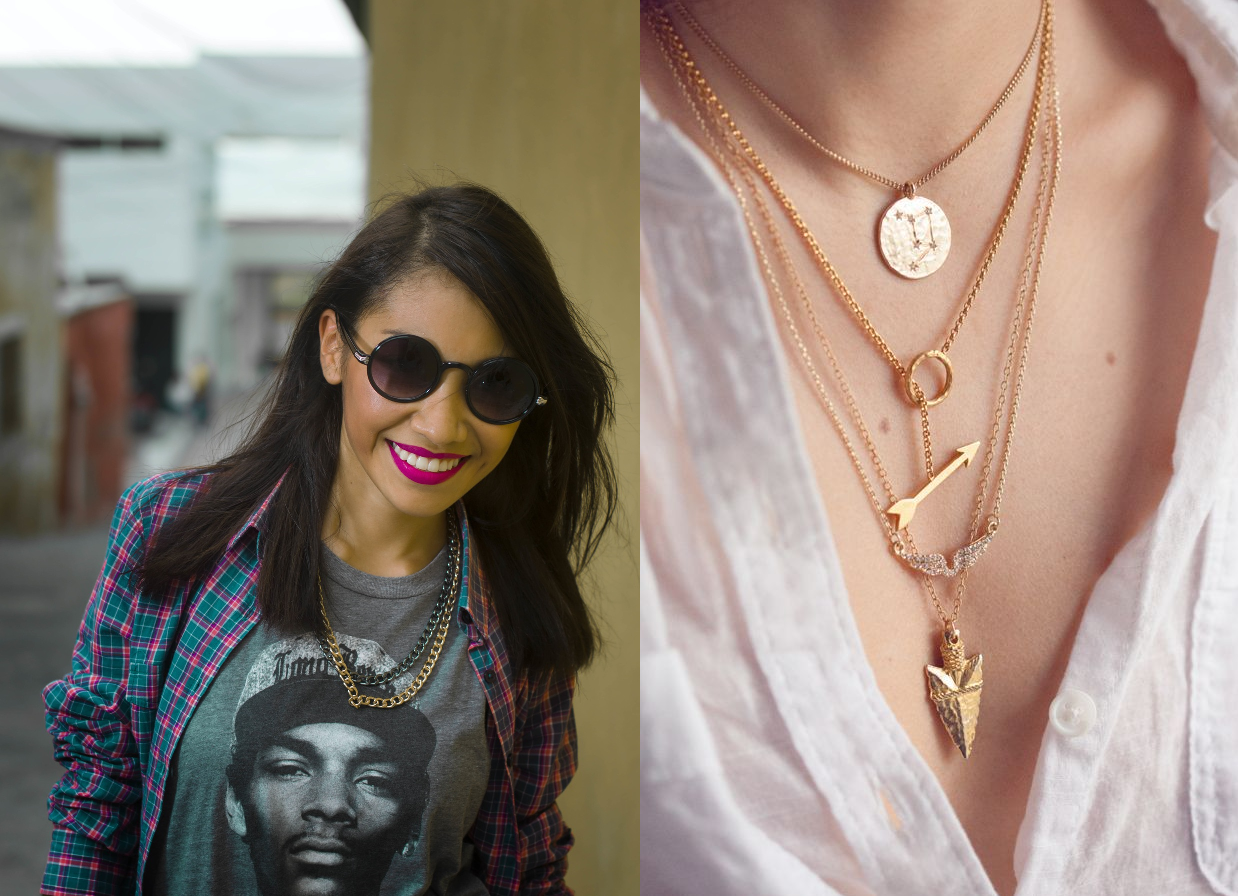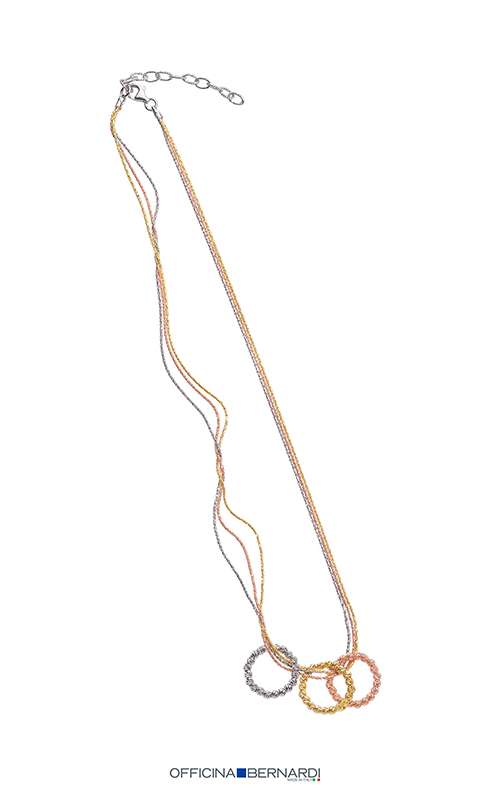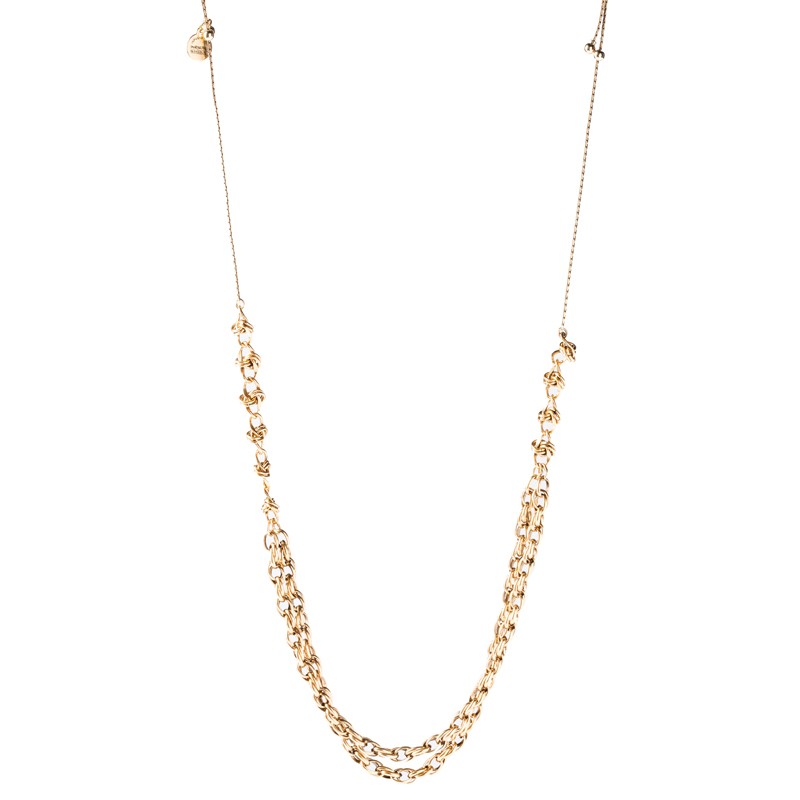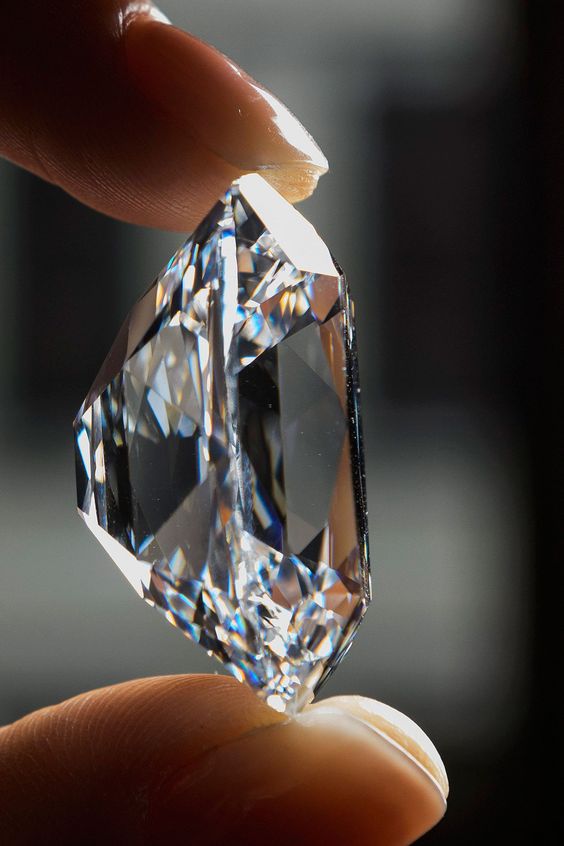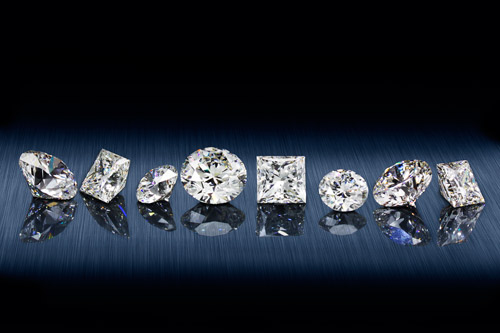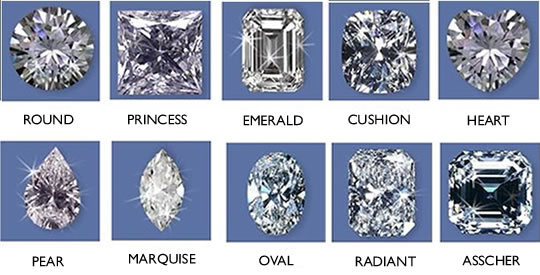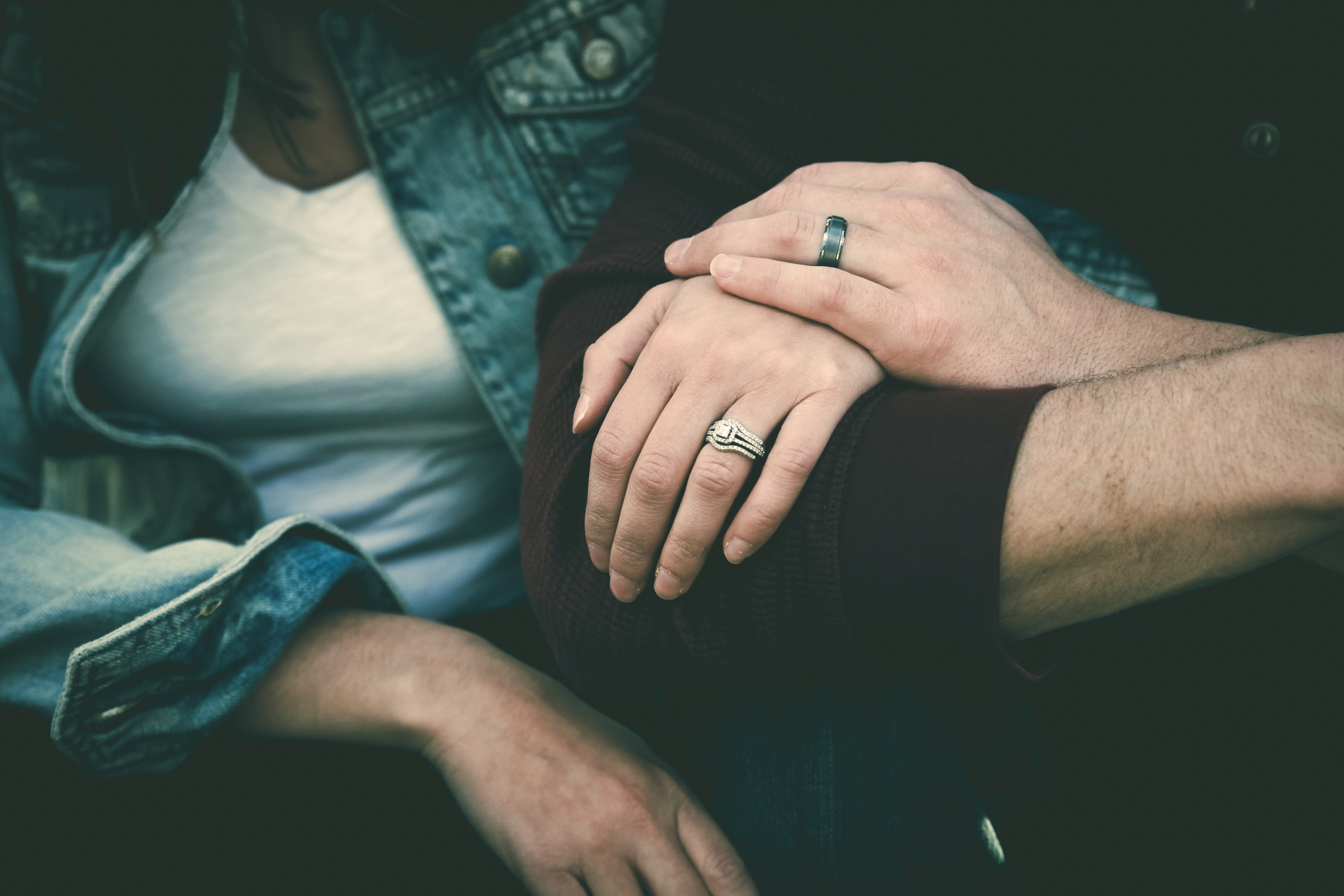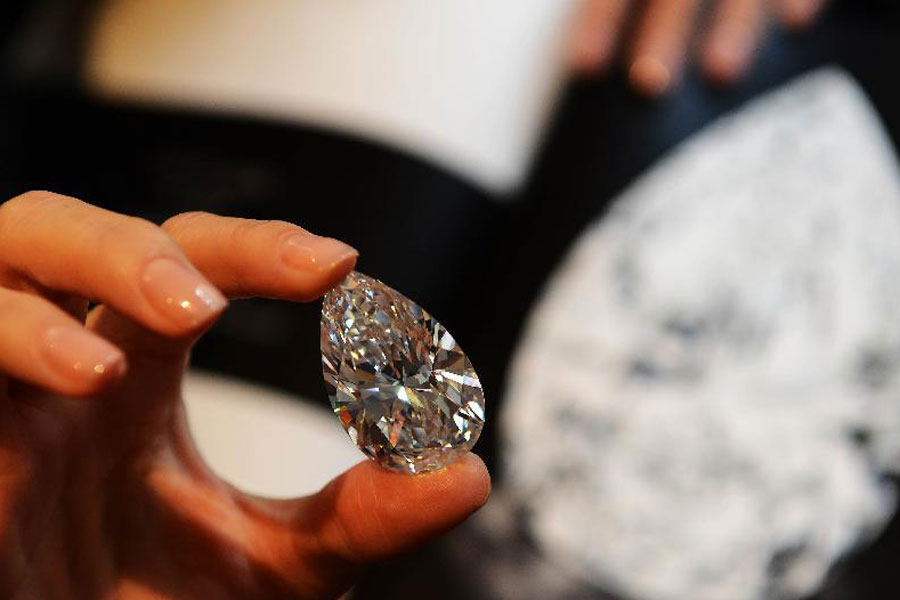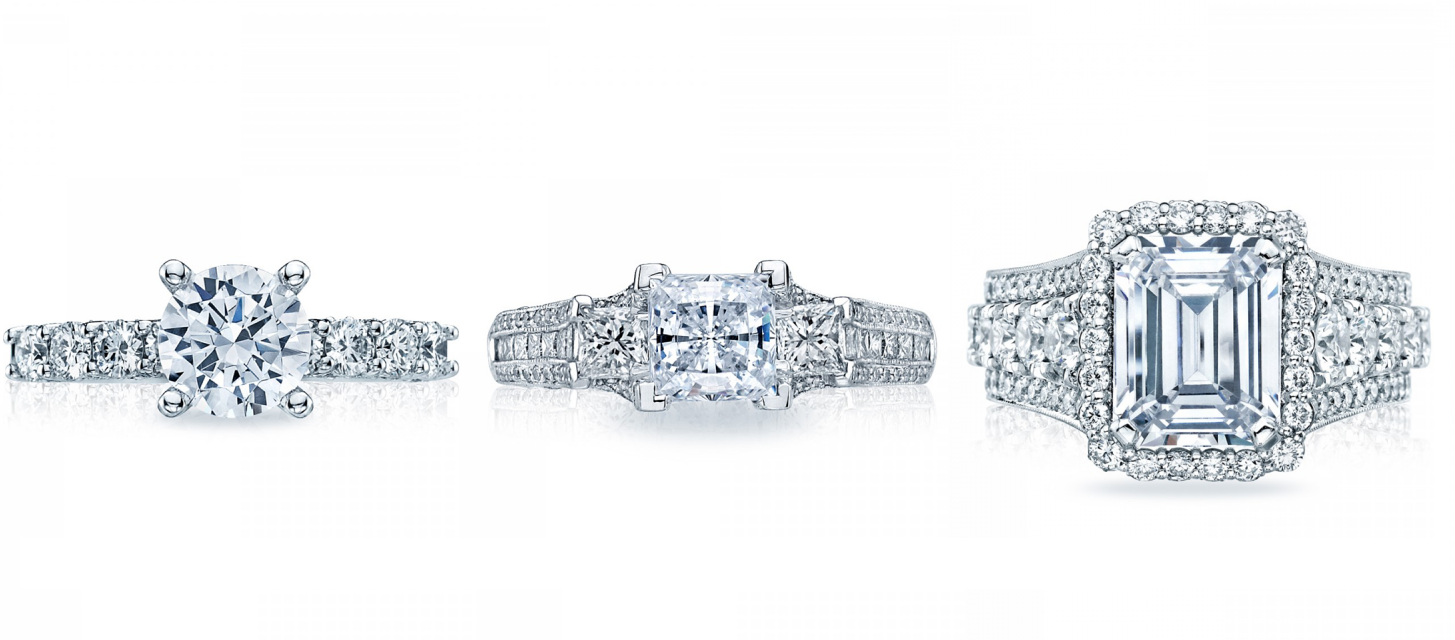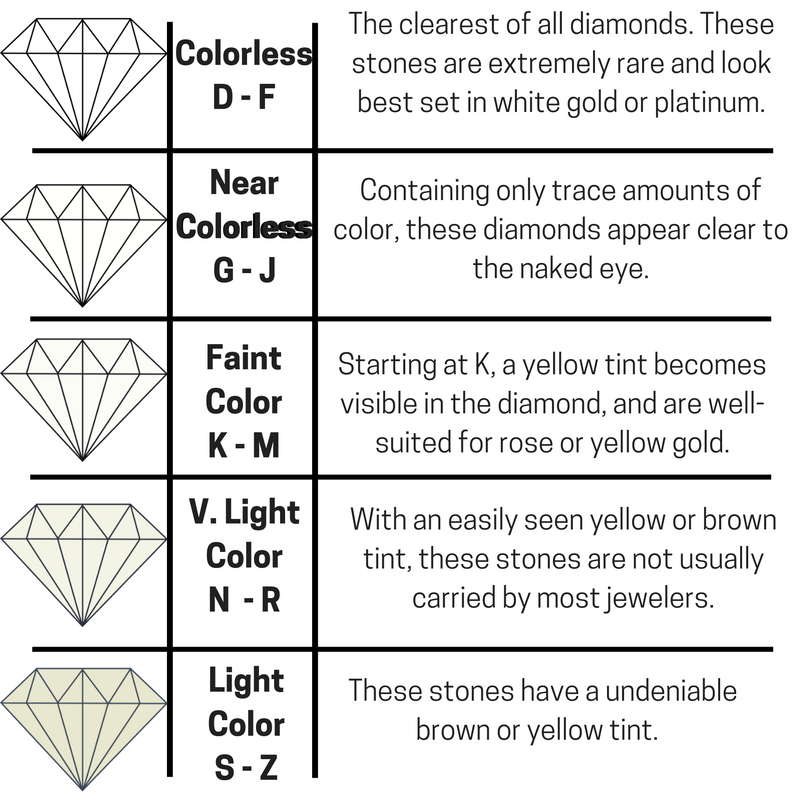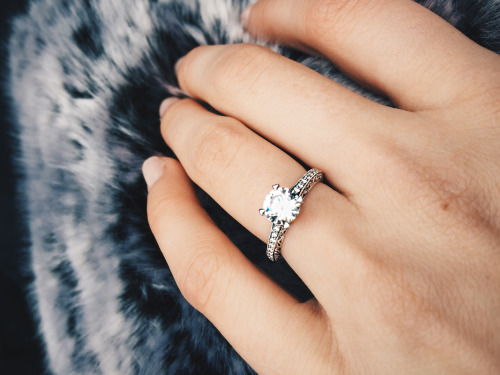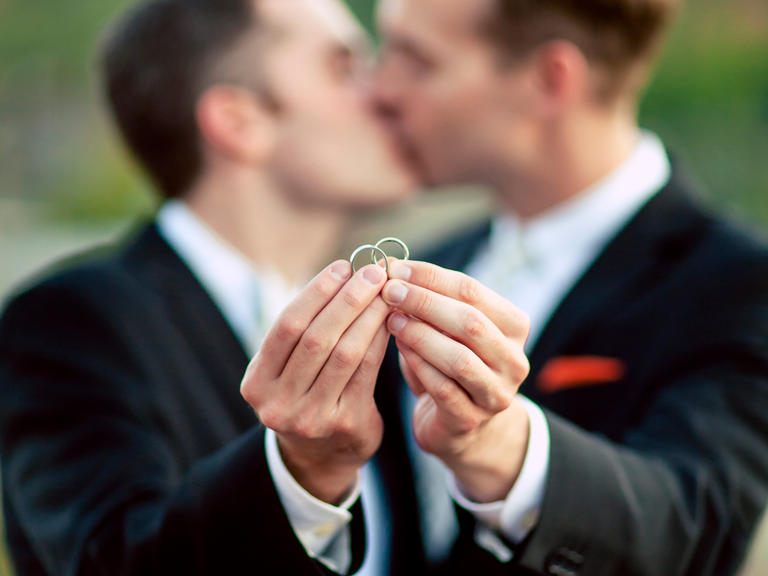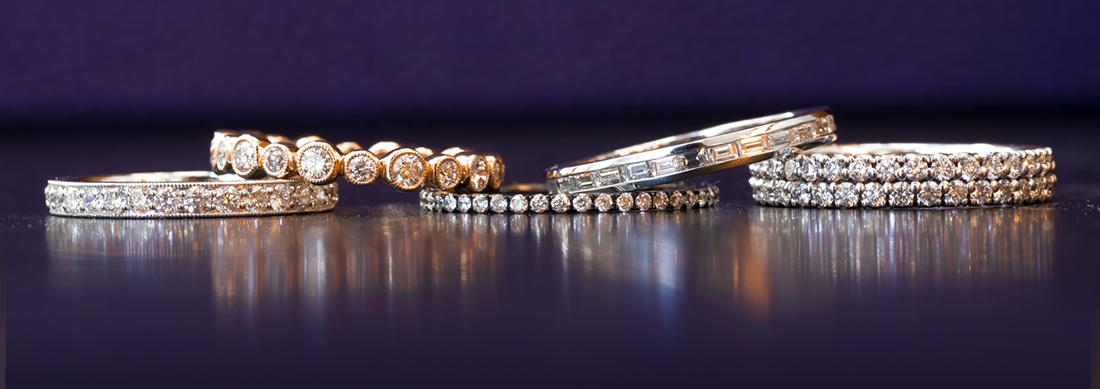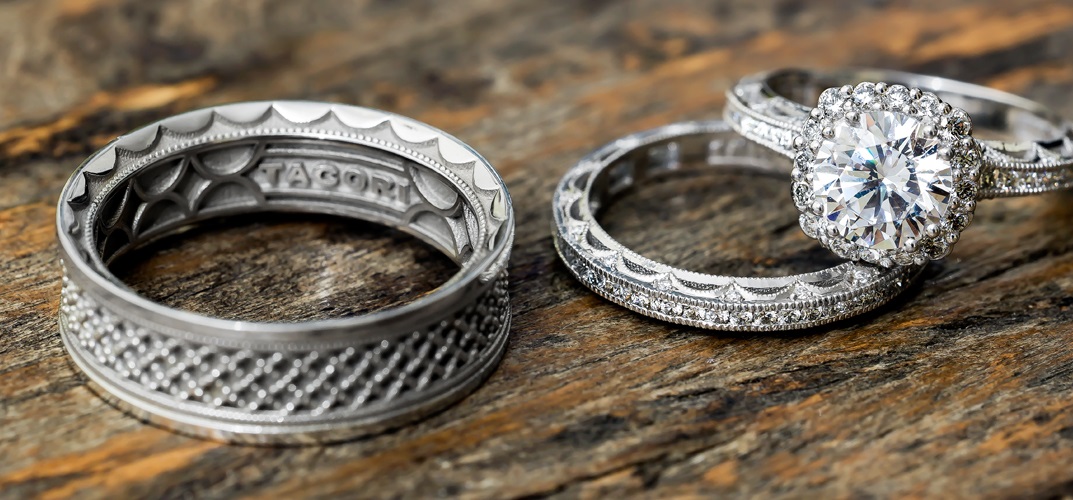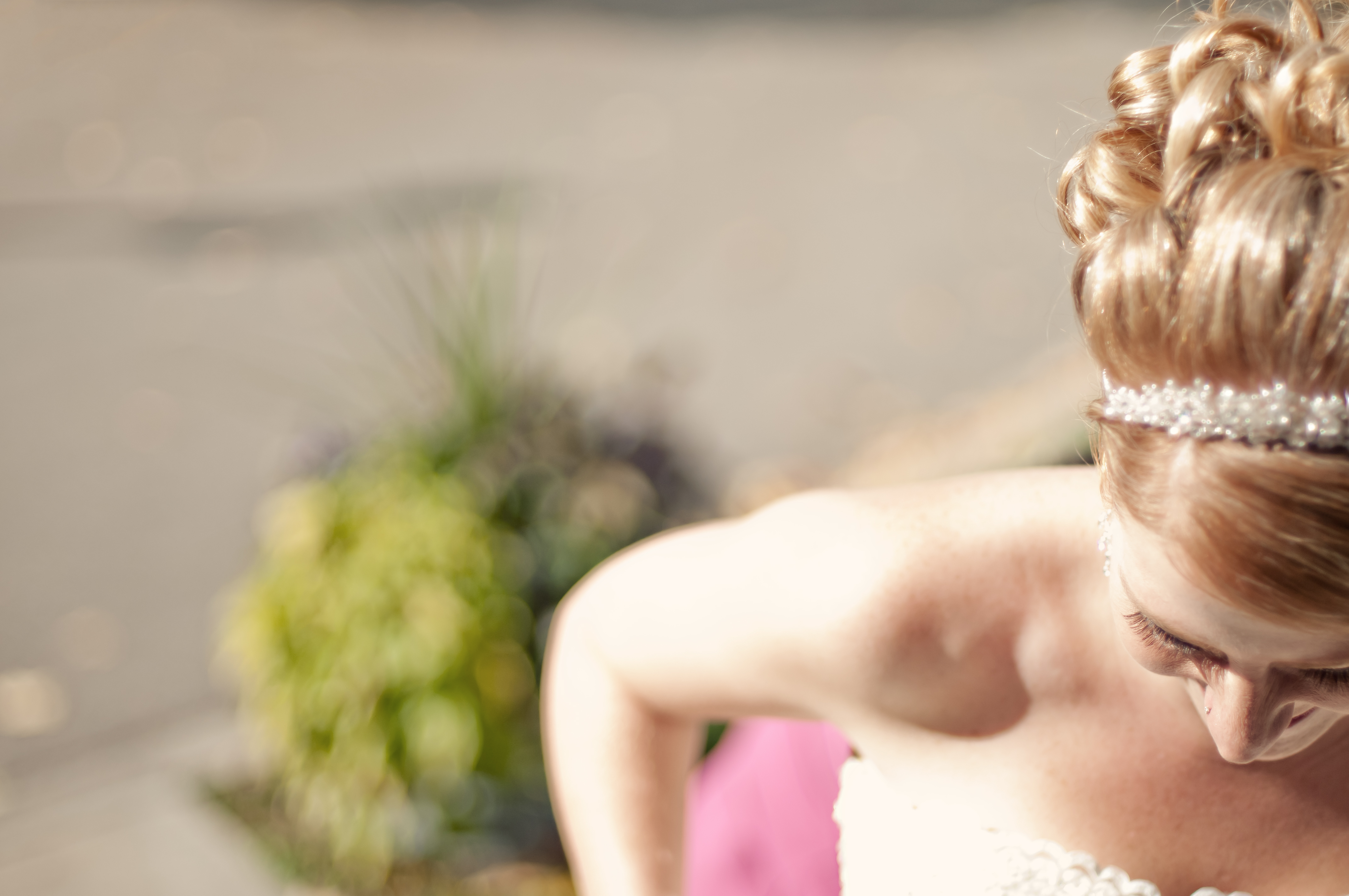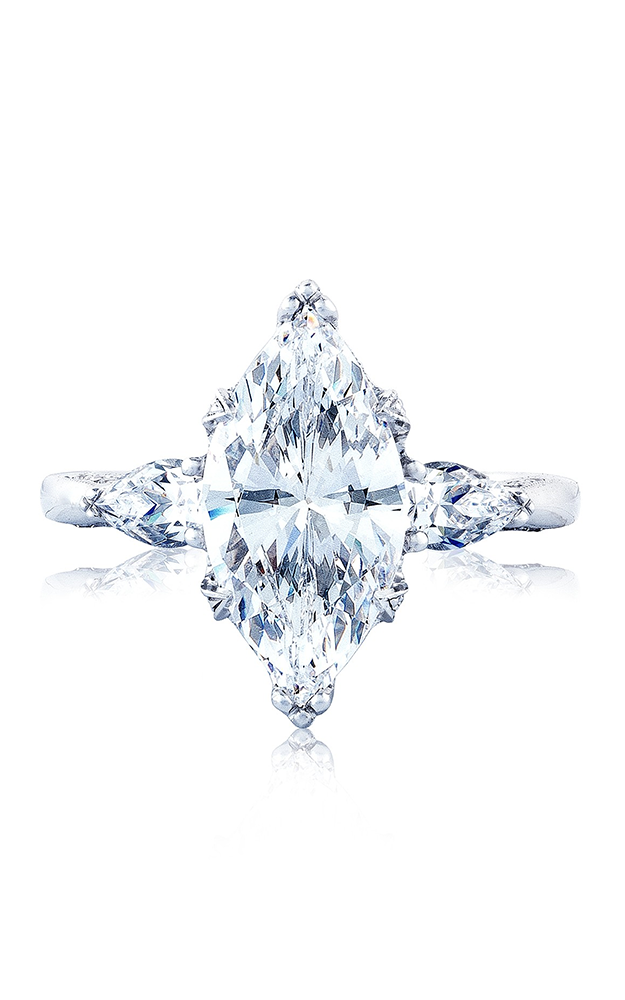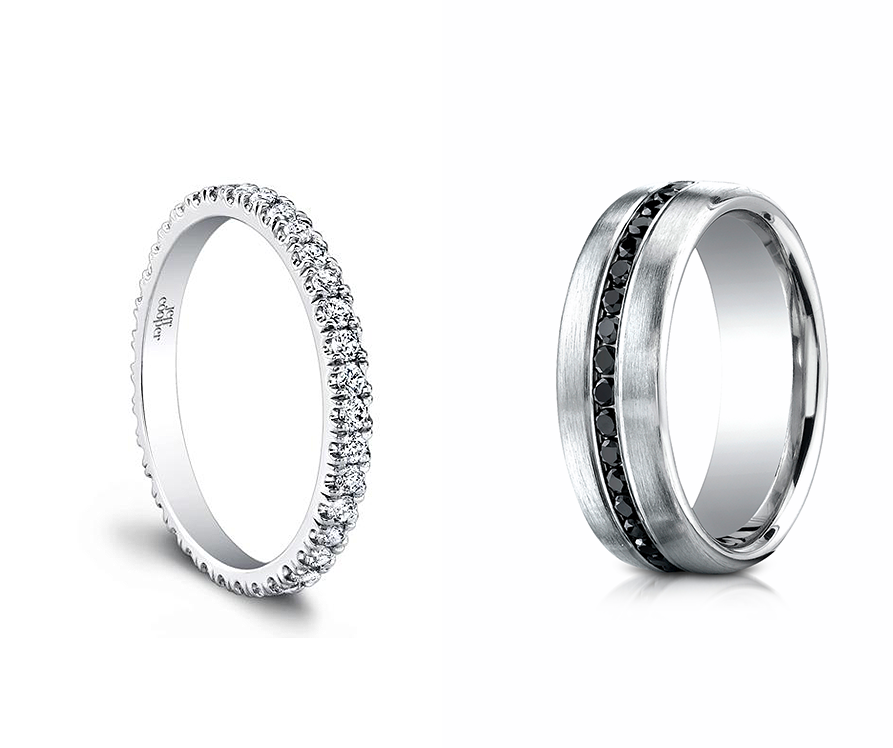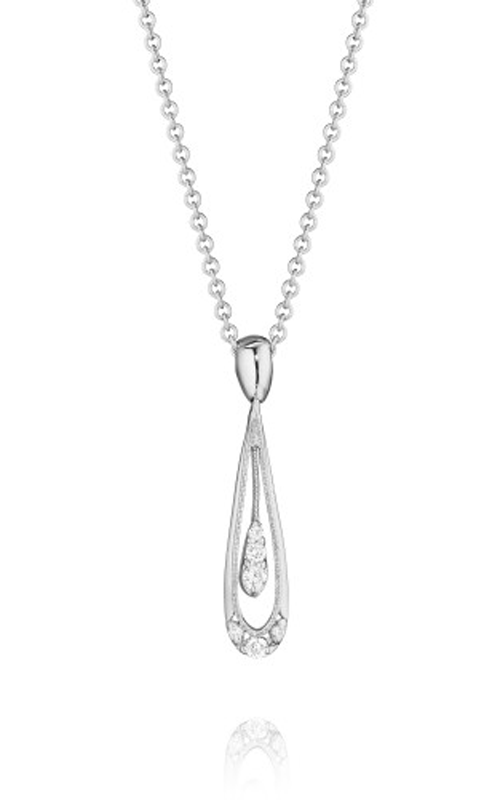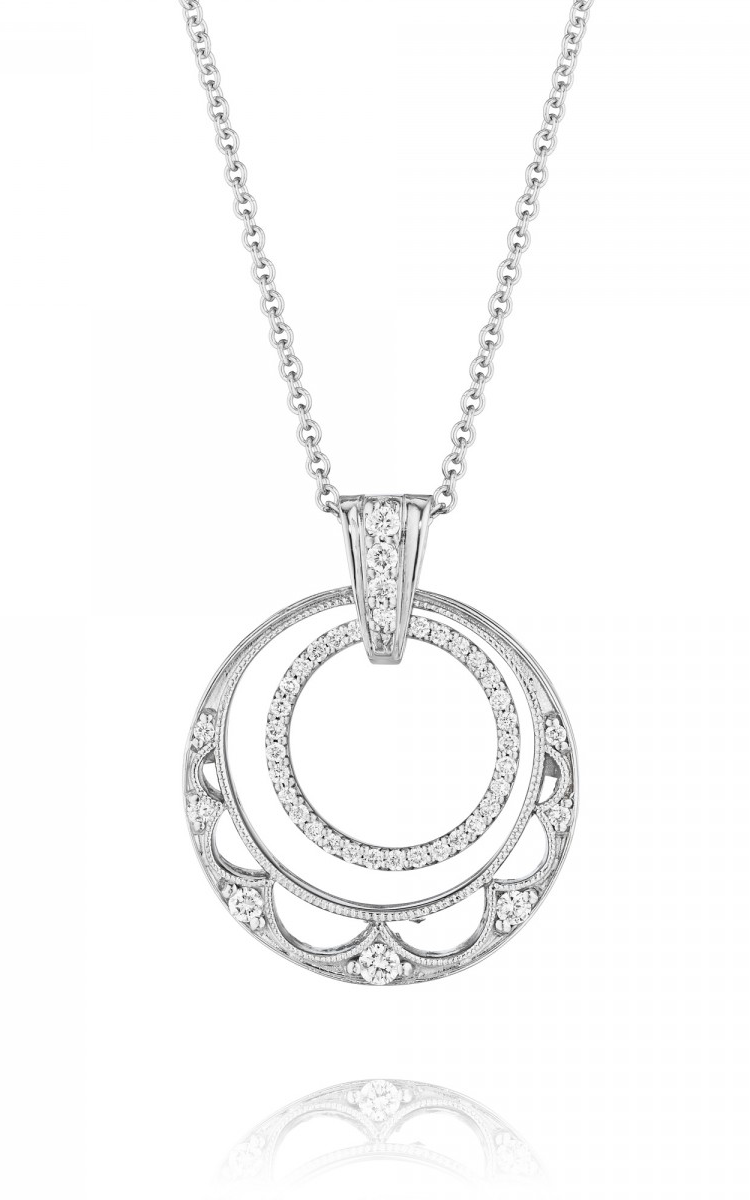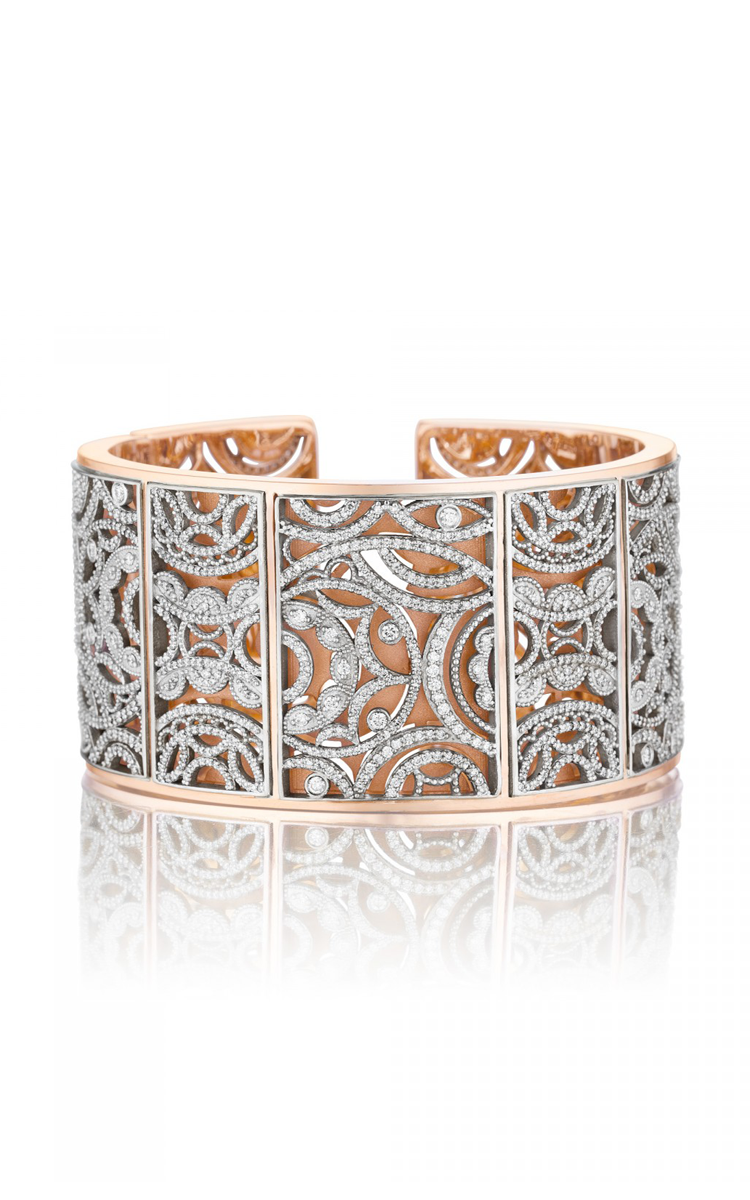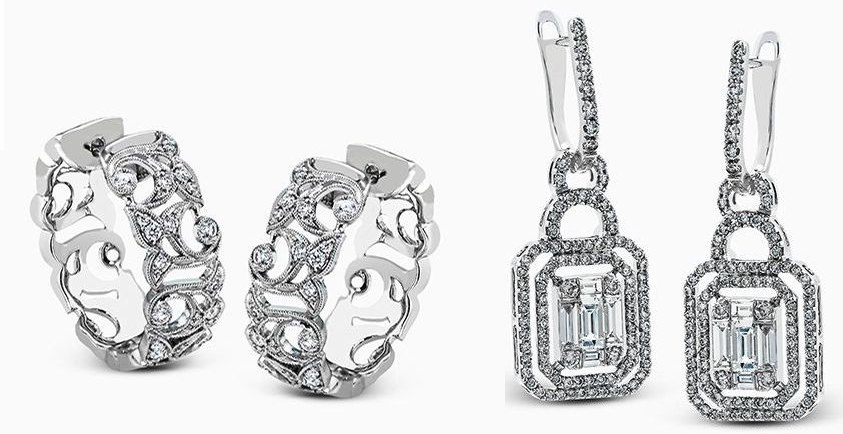Most people are familiar with the two most requested ring cuts (the round brilliant and the princess cuts), but we here at PJD think that simply because those cuts are common, they are not necessarily for everyone. As some of our own staff will attest, these lesser used diamonds are sometimes the most glamorous and most favored for people with bold personalities. No shade to the ever-popular princess and round cuts, but today, we are choosing to show some love to lesser talked about engagement ring cuts!
Category: Jewelry
If your wedding theme so happens to be Art Deco (or like us, you like the look and love the dream), we’ve compiled a valuable reference sheet of gorgeous bridal jewelry that would compliment any upcoming vintage wedding.
Brief History of Art Deco
Prominent in the 1920’s and 1930’s, Art Deco became popular in America after World War I. Originally from France, the style is marked by its distinct lines and geometric shapes used throughout buildings and household items. One of, if not the most, notable building with Art Deco architecture is New York’s own Chrysler building.
You might think of flappers and polished young men in suspenders when thinking of the time. The looks of the time are still very attractive and complimentary to any sort of bride to be so we understand why many young, current brides consider this style when planning out their nuptials.
Keeping glam in mind, the following is a cheat sheet of head to toe bridal and fine jewelry for your Art Deco wedding!
An understated accessory, earrings have continually been taken for granted when discussing jewelry. But a true jewelry aficionado knows that a good pair of earrings can propel an ensemble to the next level. Further, we’ve been thinking of the current trend where designers are incorporating diamonds onto fashion-forward designs-and we love it!
We’ve drawn up a quick look at some interesting revamping of typical earrings types in favor of more modern, and luxurious diamond adorned forms of the fine jewelry.
If you haven’t been able to tell so far, we here at PJD are big fans of diamonds. We’ve already talked about “The 4 C’s of Finding the Perfect Diamond,” written the definitive “Guide to Understanding Diamond Cut,” and now present a (somewhat) in-depth exploration into three of our favorite diamond shapes, the Princess, Radiant, and eternally-popular Round diamond cut.
All bright, beautiful, and splendid, these three diamond shapes have a variety of advantages and are worth understanding before exploring the wide world of fine, fashion, and bridal jewelry.
4 Kinds of Necklaces Every Fashionable Woman Should Own
By Eima Druncbum on December 14, 2016One of the most versatile, affordable fine jewelry fashion accessories available, the perfect necklaces can take any outfit to that next-level of fashion-forward style and breathtaking (not to mention heartbreaking) sophistication.
While there is as many styles of necklaces as there is people, there is four major types that everyone woman should have as a part of any ensemble.
[author’s note: I hate using the word should, especially when it comes to telling people what they “should” be doing. With that being said, I wasn’t sure what else to say. Sorry! -JG]
4 Kinds of Necklaces Every Woman Should Own:
One of the most versatile, affordable, and accessible fine jewelry fashion accessories, necklaces are the perfect way to take any outfit to the next level of fashion-forward and breathtaking sophistication. While there are as many styles of necklaces as there are people, we can distinguish four major types that provide a unique splash of class to any woman’s ensemble.
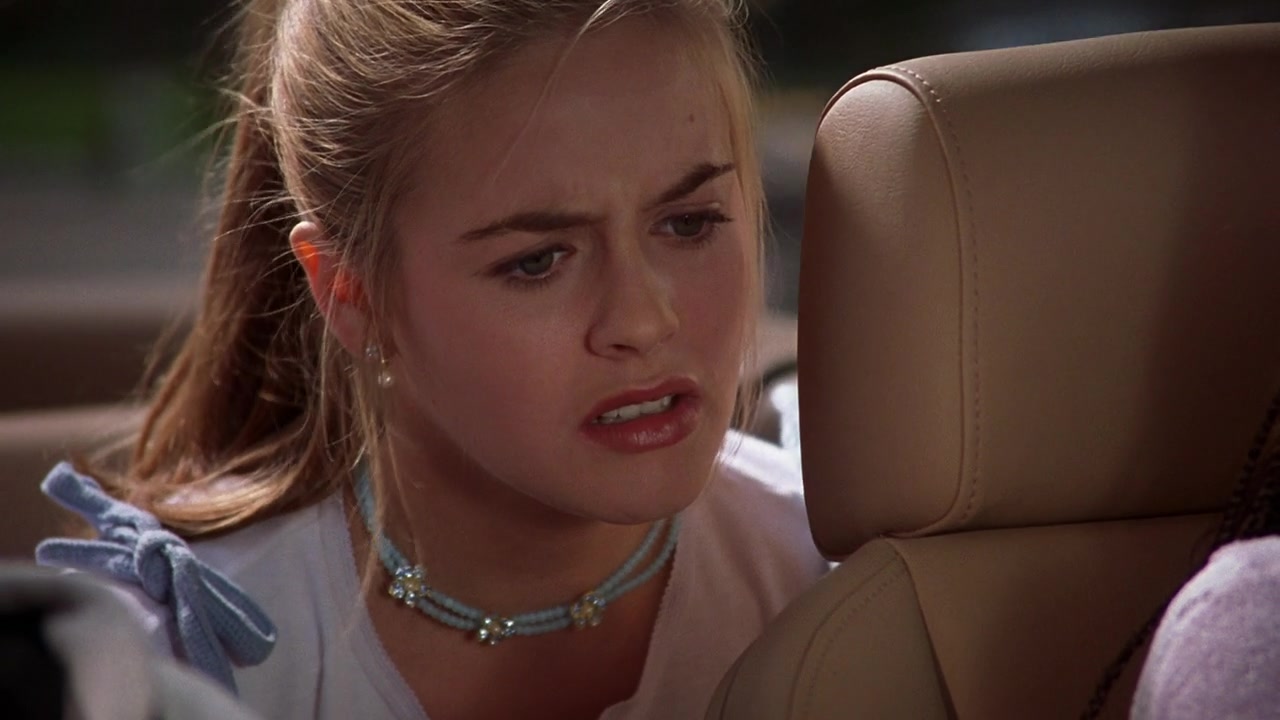
-
Choker Necklace:
Since its heyday in the 1990’s, choker necklaces have come back into fashion and are a “must have” for any woman looking for a simple, yet distinctive, jewelry accessory. Ranging from simple necklaces that made from a single metal chain (generally made of white gold, yellow gold, or sterling silver), to models that feature bold focal gems, beads, or cameos, chokers fit snuggly and elegantly emphasize a wearer’s neck and neckline.
The simplicity of the choker makes it an unobtrusive bit of elegance that emphasizes everything that surrounds it. Choosing a simple pair of jeans and a t-shirt? A choker, for example this stainless steel necklaces by Michael Kors, is sure to brighten your casual look immediately.
Going out to a dinner party in formal, sophisticated attire? A choker like this “Passion” choker pendant necklace from Simon G. can add another layer of beauty to the look chosen for the evening.
-
Pendant Necklace:
Traditional doesn’t have to mean old-fashioned! Pendant necklaces are one of the most ancient types of necklace, but modern pendants are subtle, refined, and effortlessly fashionable. Pendant-style necklaces are an extremely simple way to add a bit of flair and style to a wardrobe without looking too dressy.
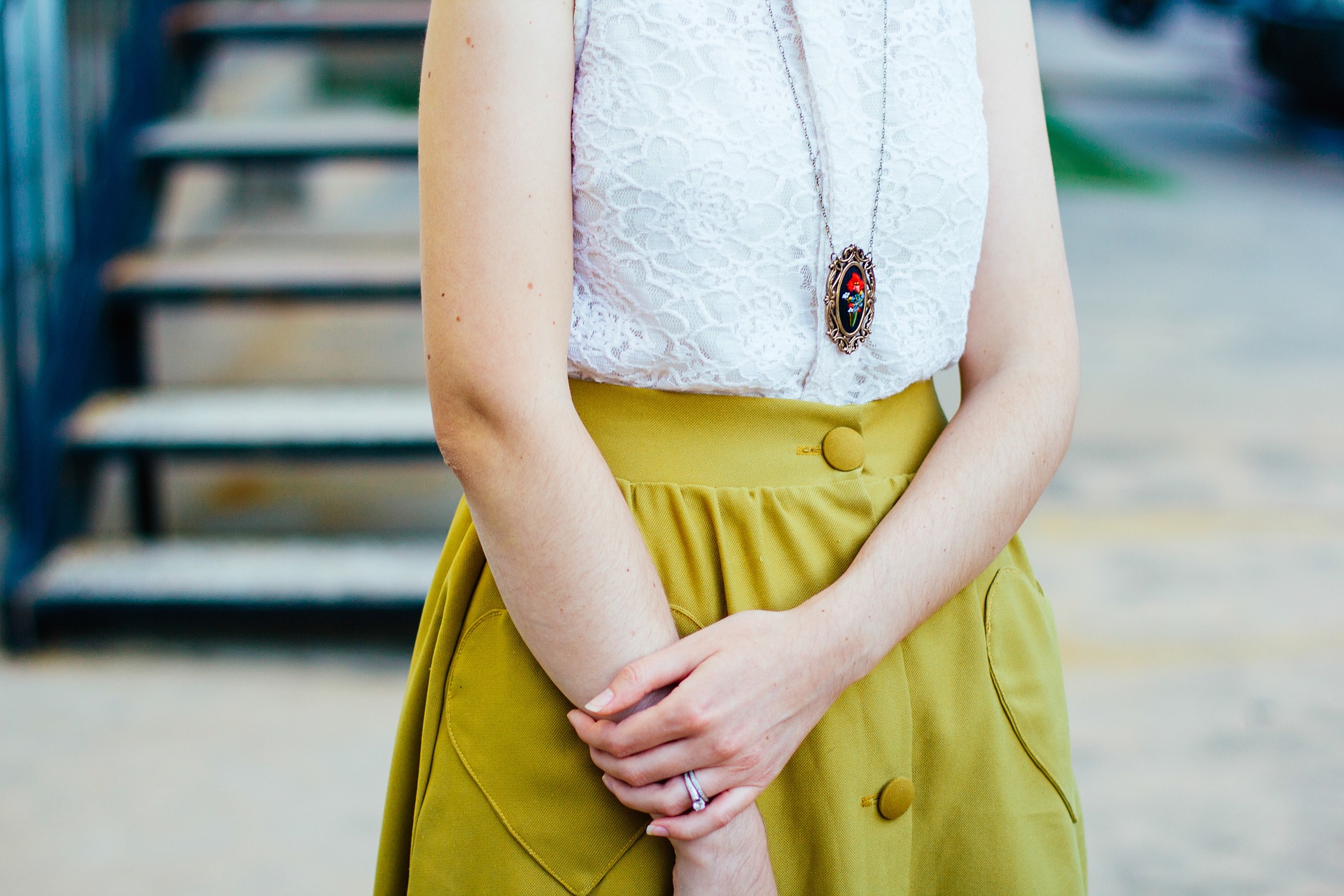
Usually consisting of a single, or many, precious metal strands, pendant necklaces are available today featuring an array of pendants, all adorned with beautiful gems, jewels, and diamonds of all sizes, shapes, and colors. The ideal pendant necklace should elegantly reach to the wearer’s mid-chest area, drawing focus to one’s collar bones and neckline, bringing a dash of sophistication and allure to any outfit.
Some of our favorite pendant necklaces are ones like these pieces all from the “Essential” collection by Madison L, and all that features vivid and confident gems.
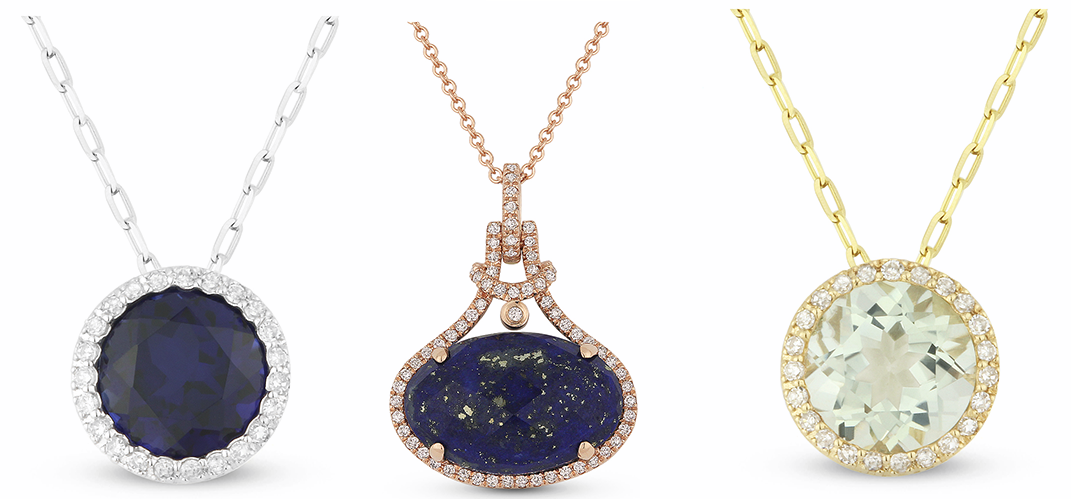
Also very popular right now are the pendant necklaces of A Jaffe’s “Maps” collection (not to be confused with the Yeah Yeah Yeahs “Maps” collection) which allows for the user to customize the piece with an engraved map of somewhere special.
-
Multilayered Chain Necklaces:
As opposed to the aforementioned necklace styles that are usually worn alone, layering chain necklaces of various sizes, styles, and materials has become an increasingly major trend amongst modern-day fashioninanistas (™ Premiere Jewelry Designs). Creating a unique and personal look, wearing multilayered chain necklaces are a fabulous way to turn any everyday wardrobe into a bold and modern fashion statement.
Achieving the multilayered style is as easy as finding multiple necklaces that complement each other, and wearing them at them simultaneously. Sometimes jewelry designers will sell these multi-stranded models in a single piece, but more often than not, the wearer has the freedom to experiment with various necklace combinations and to find a group that mixture that works best with their individual fashion preferences and style.
Some of our favorite chain style necklaces include:
- The “Interlock” Necklace by Officina Bernardi
From the Italian designers at Officina Bernardi comes this wonderful multi-colored 925 sterling silver “Interlock” chain necklace. With its many chains and unique rings, this piece is great for creating the illusion that you’re wearing many necklaces, without having to worry about coordinating all that metal.
- The “Joy Expandable” Necklace from Alex and Ani
This chain style necklace, by the extremely popular designers at Alex and Ani, has been made to be able to “expand” from 21″ to 41″. This distinctive feature makes for a necklace that can match many different outfits, and that than be paired with other necklaces of any length or style.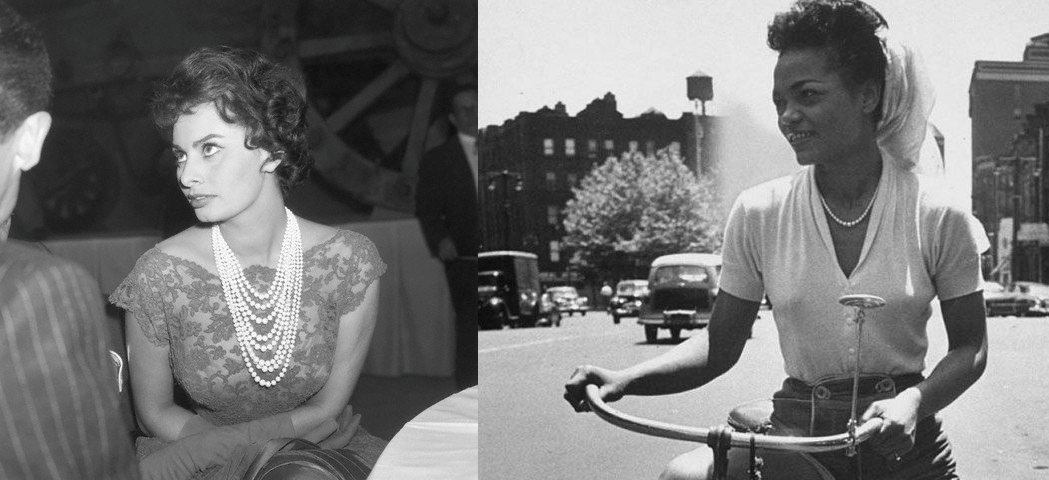
-
Pearl Necklaces:
The paradigm of prestige and glamour, nobody should be without a pearl necklace! Perfect for those inevitable-to-happen formal events, or even to just add a bit of effortless grace to any outfit, these days pearl necklaces are more affordable and available than ever and whether worn in single or with multiple strands (such as the two pictured below, both from Mikimoto), will always invoke comparisons of the wearer to Jackie O, Eartha Kitt, Sophia Loren, Grace Kelly, and other queens of women’s fashion.
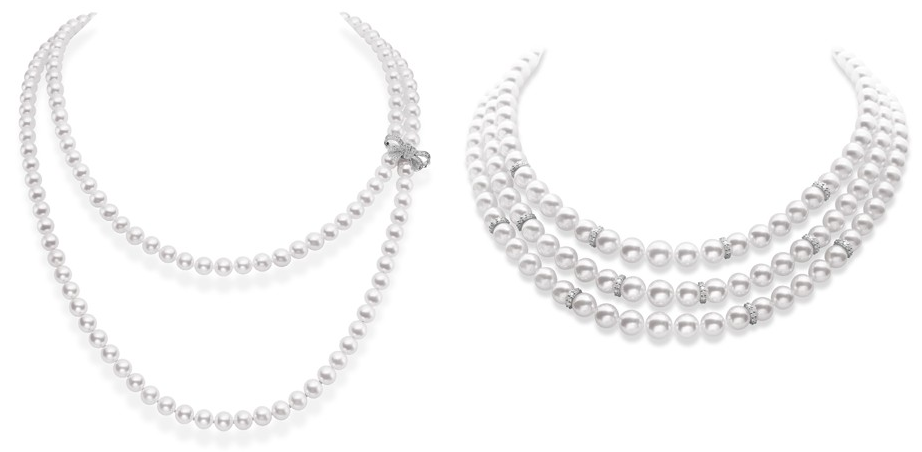
While there is no accepted way to wear a pearl necklace, most stylish folks agree that they look best with the wearer’s hair in a graceful up-do, so as to guarantee that everyone gets a glimpse of those beautiful pearls!
We Wanna Hear From You!
Hey, we’re sure we missed something in this article. There’s so many necklaces out there and we’re only one bloggin team!
Pleas feel free to reach out to us on our Twitter, Instagram, or Facebook, and tell us all about your favorite necklaces! ~~The Team @ PDJ
When it comes to diamonds, diamond cut can mean a few different attributes. Both of these attributes are very important and have a huge influence on a diamond’s value, brilliance, and certifiable beauty.
To help make this distinction a little easier to understand, us here at PJD have put together a little guide to diamond cut, as well as a bit on how to use this information to find the perfect diamond for any jewelry situation.
[*Ed. Note: For more information on the 4 C’s in general, please refer to our previous article “The 4 C’s of Finding the Perfect Diamond” ~~Heather*]
Diamond Cut Definition #1: Shape
The most quickly recognizable aspect of any diamond, this meaning of diamond cut refers to the actual physical shape of the stone. This includes shapes that you may have heard of such as round (brilliant), princess, or emerald, as well of cuts that perhaps less well-known, like asscher, trilliant, and marquise.
Each cut has various advantage and disadvantages depending on the type of jewelry the stone adorns, the stone setting used (prong, halo, channel, etc), and the various fashion preferences of the wearers themselves.
(Very) Basic Explanation of Popular Diamond Shapes
- Asscher Cut: Resembling the emerald cut diamond, asscher shaped stones feature large, clear facets, steep crown angles, and high diamond table.
- Cushion Cut: Sometimes referred to as “pillow-cut”, cushion cut diamonds are renowned for their streamlined rounded corners and unique diamond fire.
- Emerald Cut: Emerald cut diamonds are defined by their somewhat rectangular shape, step cuts, and “hall-of-mirrors” effect.
- Heart Cut: This modified brilliant-cut diamond looks just like it sounds, heart-shaped.
- Marquise Cut: Marquise cut diamonds are somewhat football-shaped (meant resemble the mouth of the Marquise of Pompadour), with a large crown surface.
- Oval Cut: Oval cut stones possess a similar sparkle and brilliance to that of a round cut stone, yet offer a more distinctive circle-like cut.
- Pear Cut: Resembling a mixture between a round and a marquise cut diamond, pear cut diamonds feature one rounded end with the other coming to a point (like a water droplet).
- Princess Cut: Princess cut diamonds are some of the most popular in the world due to their square top, pyramid shape, versatility, and relatively lower cost.
- Round (Brilliant) Cut: The circle-shaped round diamond is unmatched in the realm of diamonds for its unsurpassed level of sparkle, luminosity, and adaptability.
- Trilliant Cut: Sometimes with curved or uncurved sides, trilliant cut stones have a distinctive triangular shape to them.
Diamond Cut Definition #2: Brilliance and Sparkle
One of the most difficult to analyze, yet crucial attribute of a diamond, cut has a large influence on the brilliance and fire that a diamond will radiate.
Unlike the other 4 C’s of diamonds (color, clarity, and carat weight), the cut of a diamond is entirely the result of human influence, and is closely related to the technical skill of the jewelry cutter who is handling the shaping of the stone.
Also, unlike other diamond criteria, cut has no unified assessment scale. Generally, cut is graded on a scale ranging from “excellent” to “poor”, and according to the Gemological Institute of America (GIA) cut should be measured by an evaluation of how well a diamond interacts with light.
The GIA evaluation for cut is broken up into three criteria:
- Brilliance: the white light reflected from the stone.
- Fire: the amount of refraction of the colors of the rainbow.
- Scintillation: the absolute sparkle produced by the diamond.
These factors are determined by the angle at which the light reflects through the diamond, which is highly influenced by the symmetry of a diamond’s design, the polish of the stone, as well as the proportions, sizes, and angle of the diamond’s facets.
How to Find a Diamond of Superior Shape and Brilliance: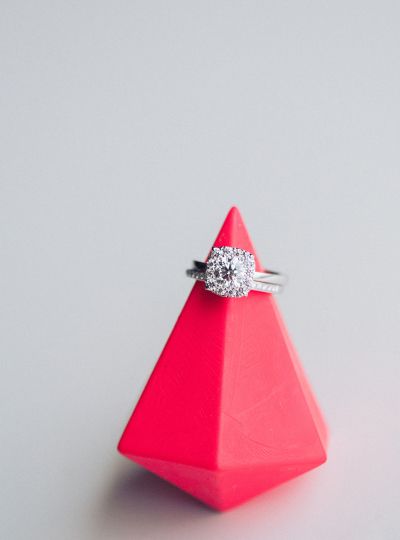
No matter which definition of diamond cut that is more important to you, the most important part of diamond shopping is finding a retailer that know, trust, and who understands your specific needs, concerns, and desires.
Today, most independent fine jewelry retailers specially train their staff to be able to answer any questions and quell any diamond concerns. Often diamond engagement rings, like the ones offered by designers like Hearts on Fire, A. Jaffe, etc, aren’t sold with a center diamond, so finding a helpful salesperson is critical to completing you engagement ring purchase.
In addition to this irreplaceable level of expertise, these retailers often list their available diamonds on their store website, allowing for you to get some sort of an idea of what diamond you might want.
Now It’s Your Turn!
What are some of your tips for finding the perfect diamond? Comment, or hit us up on our Twitter, Instagram, or Facebook!
Originally conceived to bring the maximum amount of light and diamond sparkle to an engagement ring, pave style rings are a favorite ring style among experienced jewelry collectors, as well as your everyday person. Named for the French word meaning “paved”, pave style rings are significant for featuring a staggering collection of gleaming and brilliant tiny diamonds, all of which come together to elevate the natural beauty of an engagement ring’s pristine center stone.
What is a Pave Set Style Ring?
Unique and quickly recognizable, pave style rings are defined by the way they are adorned with a series of small diamonds which are set very closely together, appearing to “pave” the surface of the band itself. Also known as a micro-pave or micro-bead settings, these rings are constructed through the placement of tiny diamonds into precisely-drilled holes or indentations.
Once a diamond is set into these holes, they are secured into the band by tiny metal beads or prongs. Due to the extreme difficulty of this operation, pave setting style engagement rings are generally made only by the most skilled and talented fine jewelry makers. Additionally, because of the delicacy of these metal beads and prongs, most pave style rings are only made with strong precious metals such as white gold or platinum, but also sometimes with rose or yellow gold.
Famous Pave Engagement Rings
Because of this unrivaled diamond shine that is created by pave style, they are the favorite of many glamorous, fashion-centered, A-list movie and television stars. One notable celebrity pave ring belongs to Underworld‘s own Kate Beckinsale, whowas often seen boasting a stunning, multi-band, emerald-cut engagement ring back when she was still married to Cupertino High School’s own Len Wiseman.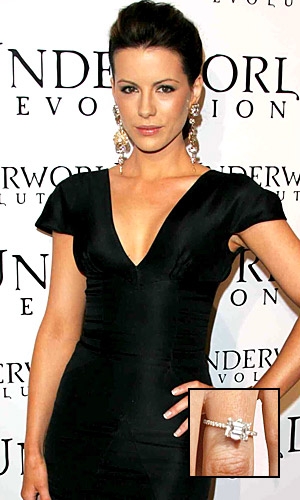
In addition to Serendipity star Kate Beckinsale, other A-list starts including, Jessica Biel, Blake Lively, Reese “Piece” Witherspoon, and Jennifer Hudson, have all been pictured wearing their own one-of-a-kind, pave-banded engagement rings.
Types of Pave Style Engagement Rings
Because of its incredible versatility, pave style engagement rings can be easily found in an enormous variety of fashions, styles, and types.
While wedding bands, fashion rings, earrings, and other fine jewelry items can be found featuring pave set stones, we see the most attention, and get the most questions about designer pave engagement rings. So, here are some of the most popular (and our favorite) styles!
1. Halo Style Rings
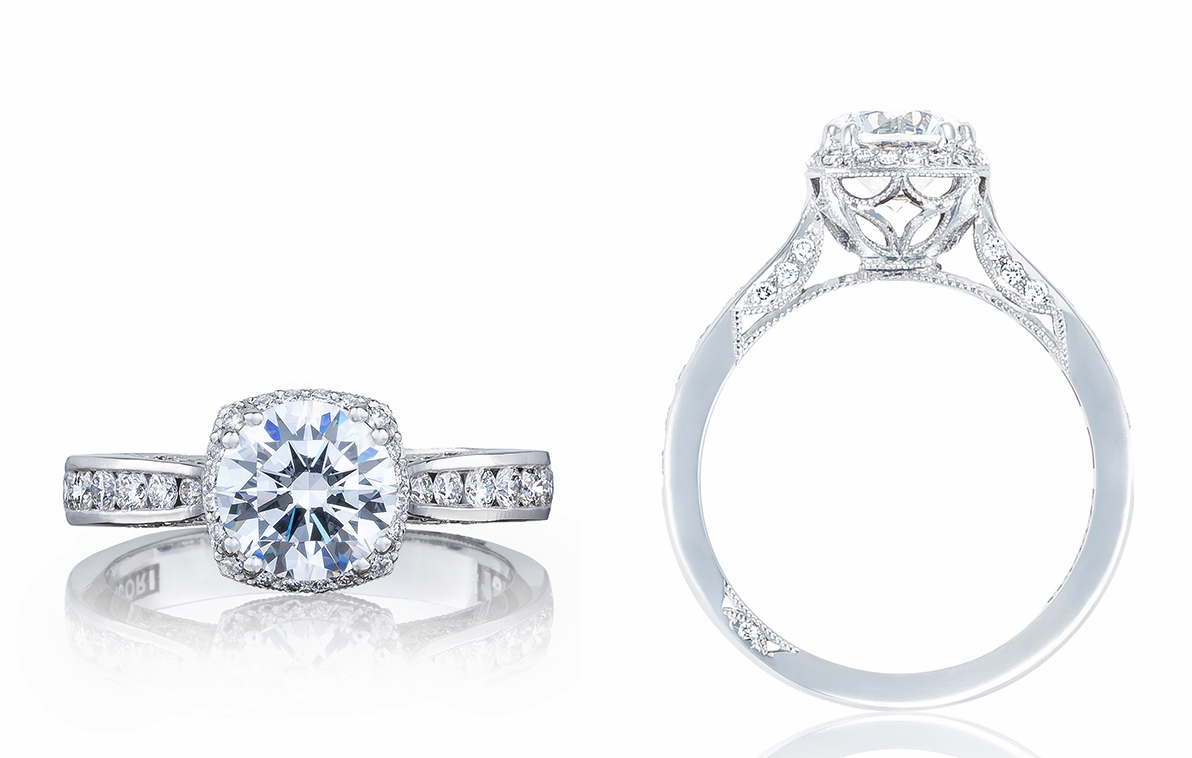
The most popular choice for bridal jewelry, halo style rings feature a wonderful center diamond, skillfully surrounded by bright and luminous small diamonds. Very often, halo style engagement rings (such as the Tacori model pictured above) feature pave set side diamonds. Pave set halo engagement rings are a great way to make any engagement ring feel more vintage, yet while still keeping one foot firmly set in the fashion future.
(psst… see our “Guide To Halo Rings” for more info on halo engagement rings. ~~Heather)
2. Three Stone Rings
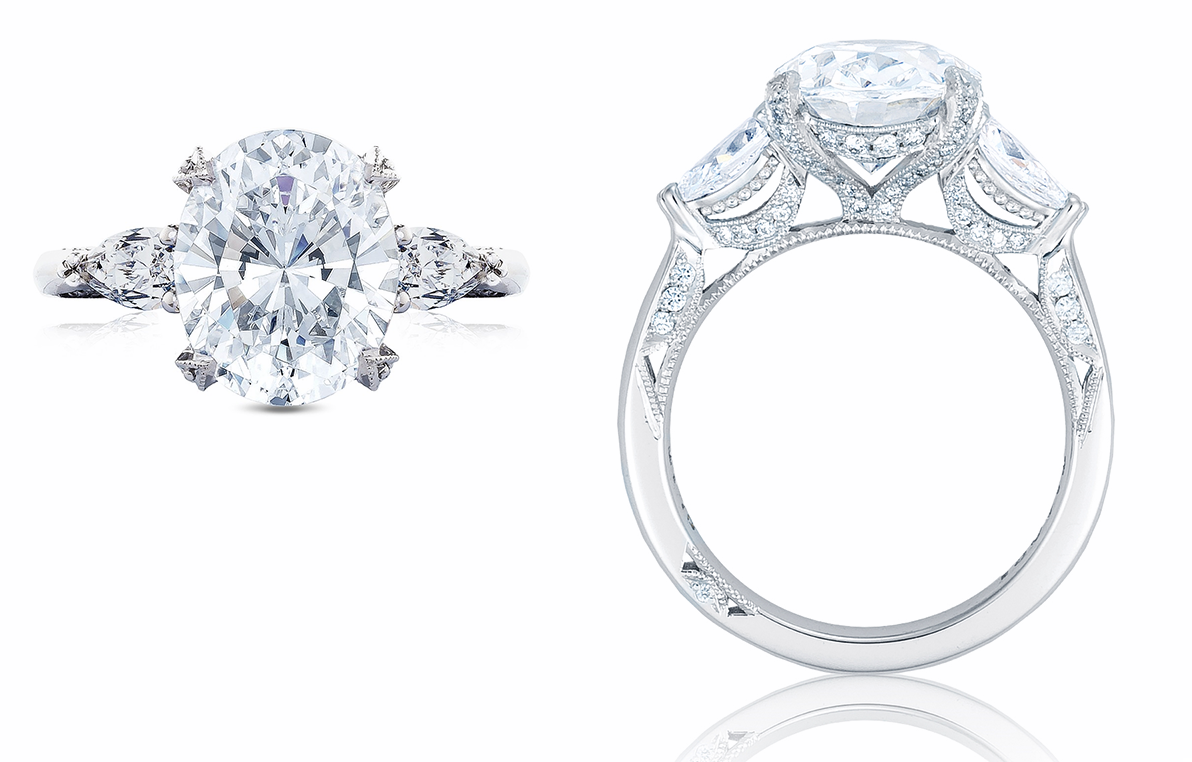
Just like it sounds, three stone engagement rings have not one, but three gleaming focal diamonds. Already the epitome of sophistication, three stone engagement rings featuring pave set side diamonds are perfect for the bride who is enamored with all things vintage, as well as who brings an effortless elegance anywhere they go.
(For more on three stone rings, read our “Guide to Three Stone Engagement Rings” here! ~~Heather)
3. Solitaire Engagement Rings
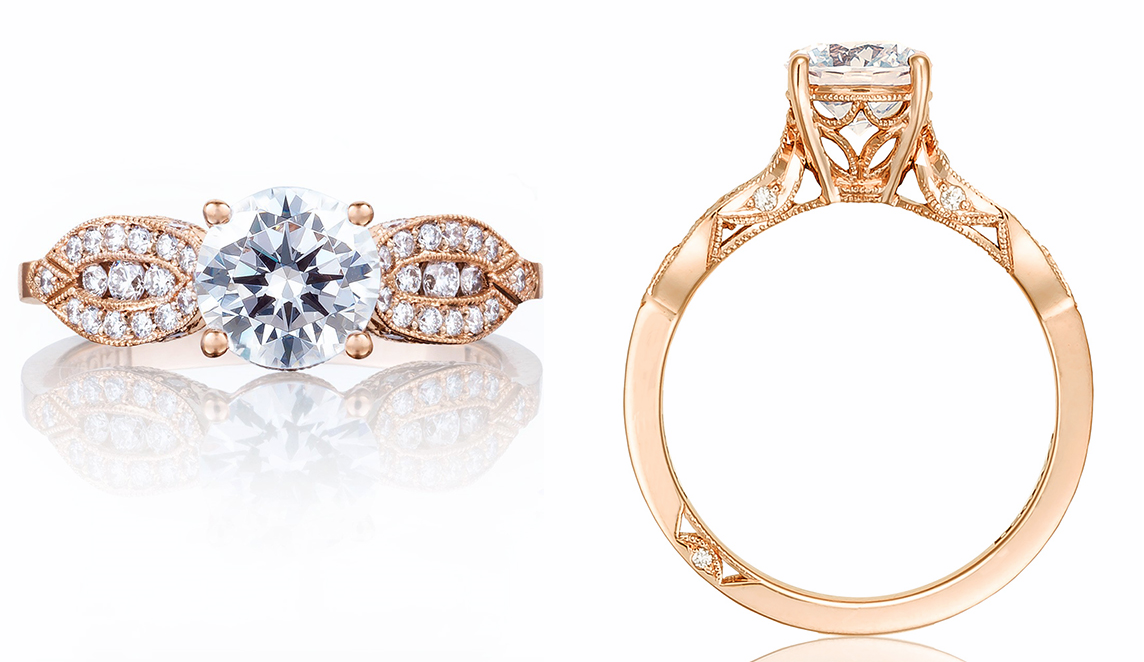
The most classic engagement ring style, solitaire rings are made to beautifully display center diamonds of every shape and size. Subtle and understated, adding pave set side stones to a solitaire engagement ring is a great way to bring a little extra sparkle to any piece.
Similar to three stone rings, solitaire rings are timeless and glamorous, and are perfect for brides of all tastes and fashion preferences.
How to Shop for the Perfect Pave Setting Style Engagement Ring:
If all this talk about pave set rings has given you a penchant for all things pave, then finding the perfect pave piece is as easy as the proverbial piece of pie. If pave persuaded pre-wedding pieces present a possible place for perplexity per you and your partners, perhaps patronage at your locally particular pendant peddler will prove to be providential. Of course meaning, that at your local jewelry store, you’re sure to find a staff has been specially trained to help with any of your bridal jewelry questions.
It’s important to find a store that deals more locally, that is more involved in your local community. A retailer that, unlike large-scale operations like Zales or Kay Jewelers, is small enough to develop relationship with their customers and who see them as more than just an everyday shopping statistic. For example, one of our favorites Merry Richards Jewelers, has a website which they regularly update that features the rings they currently have in stock. Exploring sites like these will help give you a better idea of what it is that you want (or what you don’t want) before you even enter the store.
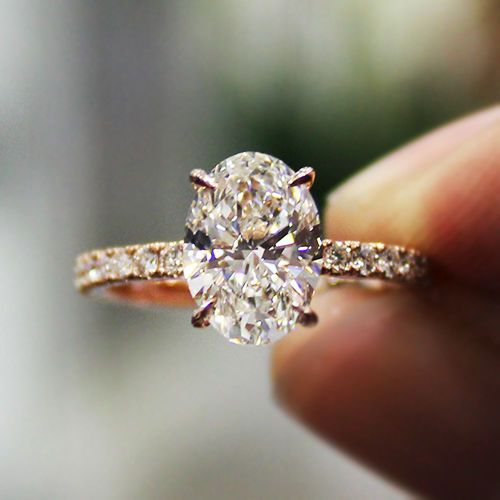
But Don’t Take Our Word For It!
We know we aren’t the only ones that love pave setting style engagement rings. Show us yours! Post to our Twitter page, or Facebook, or tag us in an Instagram picture of your ring. Share with readers why you love your pave style ring!
Diamonds have famously been called a “girl’s best friend”, but whoever said that must have never had to deal with diamond shopping.
Generally speaking, most loose diamond sold at small fine jewelry retailers, as well as the ones used by designers like Tacori, are certified by a variety of independent diamond grading laboratories including, the GIA (Gemological Institute of America), the American Gem Society, as well as the International Gemological Institute. All of these groups follow four very simple steps to determine what makes a quality diamond, the 4 C’s.
Consisting of Cut, Color, Clarity, and Carat Weight, the 4 C’s are very important to keep in mind when searching for diamond-adorned engagement rings, wedding bands, and other jewelry items.
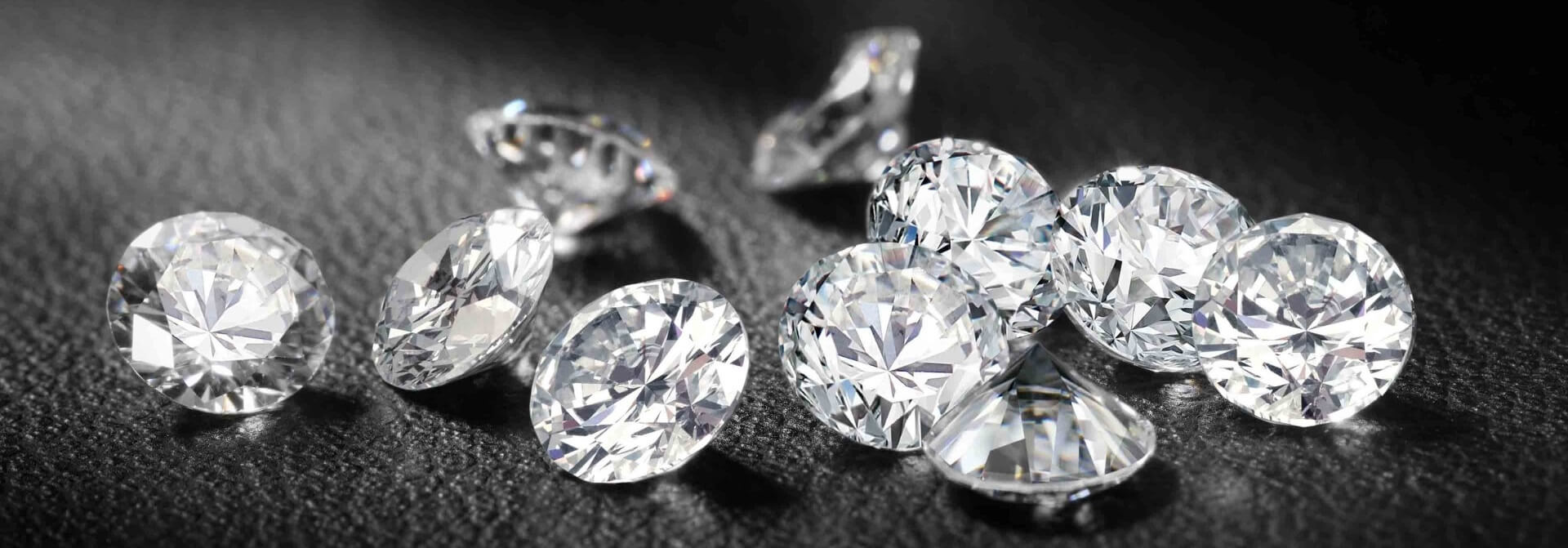
1. Diamond Cut:
Determining how light moves through a diamond, the cut of a stone is probably the ultimate determining factors of a diamond’s ultimate brilliance, fire, and sparkle. Popular diamond cuts include:
- Round: Sometimes known as Brilliant or Round Brilliant, this iconic cut is shaped so that the top of the diamond is circle-shaped, allowing for maximum stone brightness.
- Princess: Extremely popular, princess cut diamonds are usually square in shape, feature pointed corners, and are notable for their extreme versatility (meaning, they will fit in an array of ring setting types).
- Asscher: Asscher diamonds are similar to emerald cut diamonds in their square shape, but with a larger brilliance than the emerald due to their large step facets and high crown.
- Pear, Heart, Oval, and Emerald cuts: Known as modified brilliant-cuts, these shapes all look just as they sound they might, and each with their own distinct attributes and personalities.
According to the GIA, cut is graded on a scale goes from Excellent to Very Good to Good to Fair to Poor, with the higher grade diamonds costing more.
(Left to Right: Tacori engagement rings including the Tacori”Classic Crescent” with a Round diamond, Tacori “Classic Crescent” with Princess diamond, Tacori “RoyalT” with Emerald diamond)
2. Diamond Color:
Referring to how white (or “color-less”) a diamond appears, the color of a diamond is graded on a scale ranging from D (colorless) to Z (noticeable color). Most retailers only carry diamonds that are graded G or better. The standards for diamond color are generally as follows:
3. Diamond Clarity:
As a way to talk about the small, perfectly natural imperfections in that occur in basically all diamonds, diamonds with the highest clarity grades are free of blemishes and inclusions (the fancy names for flaws) are generally more expensive than those diamonds that are less clear. Similar to color, clarity is graded on the following scale:
FL: Flawless. No internal or outside flaws.
IF: Internally Flawless. No internal imperfections.
VVS: Very, Very Slightly Included. Very difficult to notice flaws.
VS: Very Slightly Included. Difficulty to notice flaws without extreme magnification.
SI: Slightly Included. Blemishes and flaws noticed with slight magnification.
I: Included. Obvious flaws.
Note: While clarity is important, flaws generally tend to be microscopic and easily hidden by a ring’s settings.
(Pictured: The “Clean Crescent” by Tacori engagement ring. This ring features a round diamond, and a 1/2 side-stone continuation)
4. Diamond Carat Weight:
Finally, carat weight is used to discuss the actual weight of a stone (but not the visual size of a stone). The price of the diamond increases with the increase of the carat weight You should pay close attention to the cut, color, and clarity of the stone, as greater size does not guarantee greater quality.
Now It’s Your Turn!
What are some of your tips for finding the perfect diamond? Comment, or hit us up on our Twitter, Instagram, or Facebook!
Since the legalization of same-sex marriage in 2015, there has been an increase in engagement ring and wedding band sales to soon-to-be wed same-sex couples. JCK Magazine, in collaboration with The Knot, found that in fall of this year, couples in same-sex relationships spent as much on wedding jewelry, including engagement rings and wedding bands, as their heterosexual counterparts.
While has been a significant boon to the wedding jewelry industry, it has also raised questions as to the logistics of same-sex engagements and marriages, as well as how these new frontiers of marriage equality will interact with “traditional” wedding customs.
Below we’ve put together a list of some of often asked questions about same-sex marriages and engagement and wedding jewelry. Hopefully this list can clarify the same-sex marriage experience for couples, allies, and family members:
Note that with any marriage, there are no hard rules. Couples should do whatever makes them feel comfortable. The most important thing is that the soon-to-be newlyweds are happy on their special day.
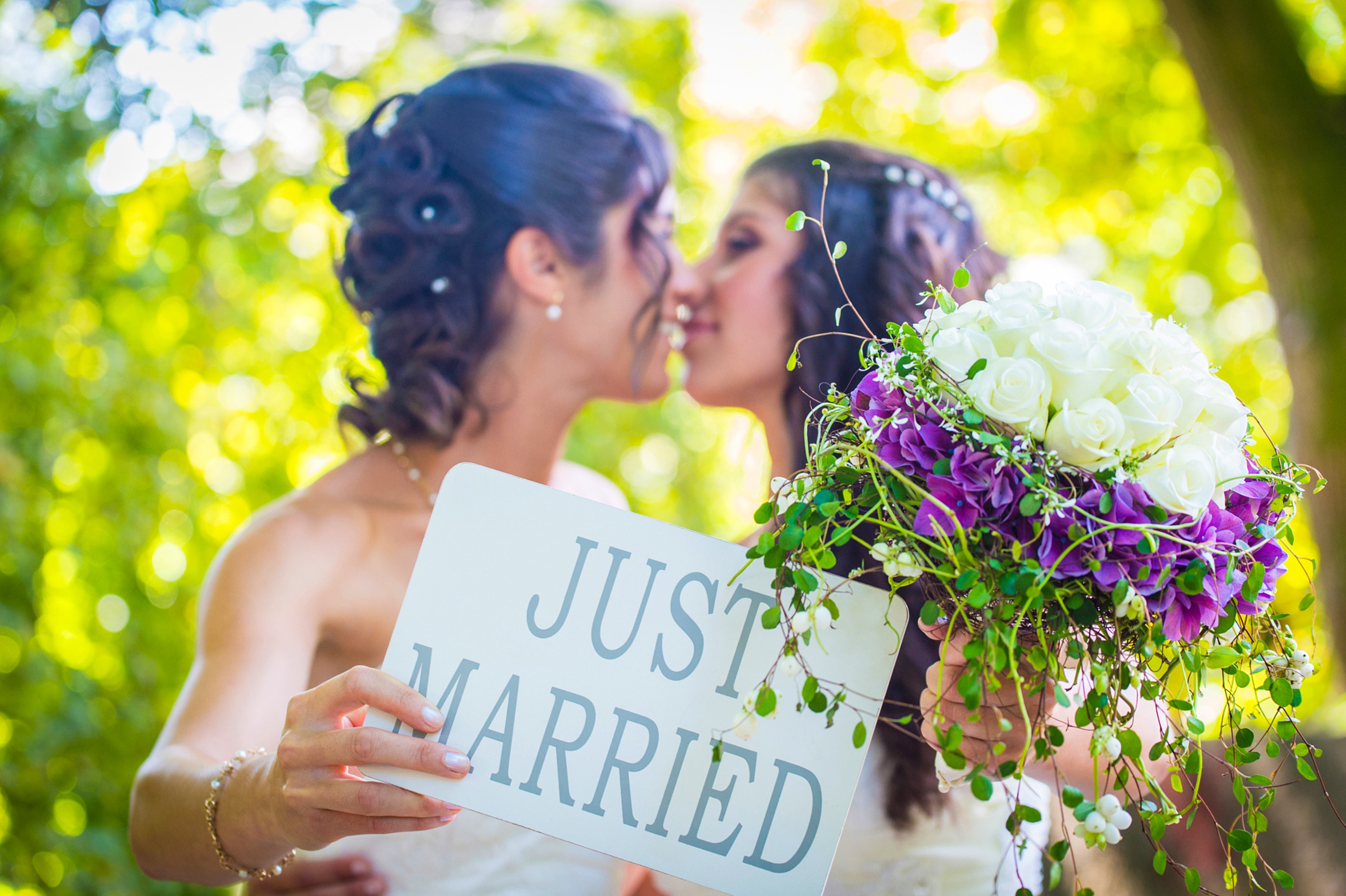
1. Do same-sex couples exchange engagement rings?
Of course! Nothing about being in a same-sex relationship means that a couple can’t revel in the joy of being surprised by their loved one with an unexpected engagement ring.
While modern engagement ring styles tend towards traditionally “feminine” sensibilities, designers are beginning to create engagement rings that transcend and subvert gender norms while remaining as glamorous as more traditional pieces.
Additionally, many bridal fashion designers offer an array of men’s and women’s wedding bands that are wonderfully diamond-adorned, and come in luminous channel- and pave-set eternity band styles. These bands are just as great, still retain a traditionally “masculine” look, and act as an antidote to the traditional engagement ring.
2. How does the exchange of wedding jewelry work with same-sex couples?
Again, this really depends on the couple. Some same-sex couples opt for two engagement rings as well as two wedding bands, while others have chosen just get one engagement ring and to exchange a pair of wedding bands at their wedding ceremony.
A growing tradition among gay men is to have their engagement rings double as their wedding bands and have that rings match their future spouse’s (with maybe variation in stone, band color, or other attributes).
Additionally, it’s not uncommon for two women brides to purchase a set of engagement rings as well as a set of wedding bands.
3. Where should a same-sex couple go to find engagement rings and wedding bands?
Finding the perfect engagement rings and wedding bands is as simple as heading to your local fine jewelry retailer (such as my hometown favorite, Rumanoff’s Fine Jewelry). Nowadays, most jewelry salespeople are no strangers to assisting same-sex couples, and would be more than happy to assist anyone with their various wedding and engagement needs.
That being said, it is always good to have an idea of what you’re looking for before you enter the store. Take time to explore the retailer’s website and see what rings stand out at you. Make a list of what it is that you’re looking for (or not looking for) in wedding and engagement jewelry.
4. Do We Have to Get Matching Rings?
For years, wedding and engagement jewelry designers have been making rings for mixed-gender couples, which were designed to match each other. Typically, these rings are similar in color and materials, yet feature a few small differences and varieties.
With the recent explosion of engagement ring and wedding band fashions (especially men’s wedding bands that are now as diamond-studded as many ladies’ rings) this has begun to change.
So, like most things, it’s really up to the discretion of the couple. Many couples are deciding to get non-matching rings as a way to maintain their individualism and unique personalities, while others find the overwhelming romance of matching rings just too good to pass up.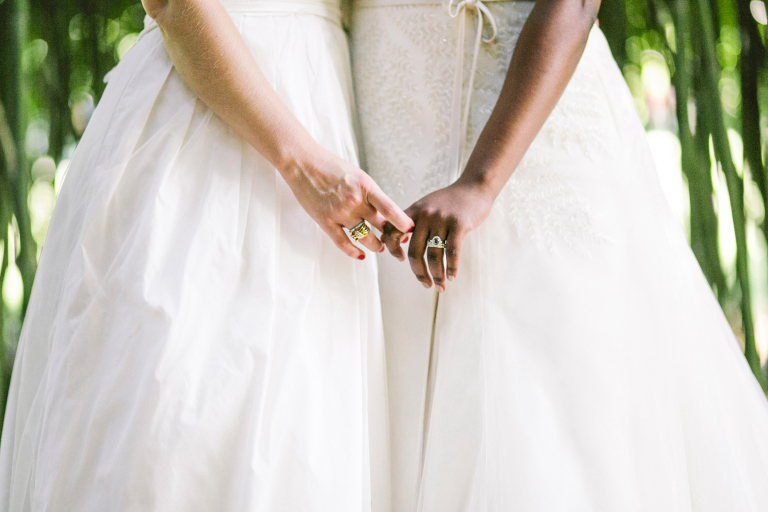
5. One more thing!
Not to overstate it, but all of these guidelines are just that, guidelines!
Ultimately it is up to what makes a couple feel happy and comfortable. While lesbian, gay, and bisexual couples have existed forever, the recent legalization of same-sex marriages means that every same-sex couple gets to renegotiate how their own tastes mesh with their community’s history and the history of engagement and wedding jewelry in the country. There are plenty of opportunities for same-sex couples to borrow from the traditions of the past while adding their own fresh, modern, and unique perspectives.
Show us yours!
Tell us about your same-sex marriage! Post pictures of your wedding rings and other wedding pics on our Instagram, Facebook, or Twitter!
~~Until Next Time! – Heather
[ed. note: Heather here! This article you’re about to read is the first entry of our weekly “Wedding Wednesday” series. Every week we’ll be talking about wedding jewelry. So be sure to check back next week. ~~Heather]
Whether it be engagement rings, wedding bands, necklaces, or pair of earrings, finding the ideal jewelry piece sure to bring an unforgettable level of brilliance, elegance, and sophistication to you, or your outfit, can almost feel close to impossible.
Luckily for you, the staff at here at PDJ are experts at finding the perfect jewelry items for brides and grooms alike. To make the process a little simpler, we’ve put together a few handy tips on how to easily locate that ideal fine jewelry item that is sure to bring more than a lifetime of beauty to your already perfect day.
A Few Tips!
Tip #1: Ditch trends for more classic couture!
When looking for wedding jewelry, try to remember that your wedding day is going to be forever immortalized in countless photos, videos, Snapchat stories, Facebook posts, etc. With that in mind, forgo overly-trendy styles for more timeless designs. This way you can avoid unnecessary cringing when you look back on your wedding day, five, ten, or even fifty years from now.
We suggest finding an engagement ring from a brand like Verragio, A. Jaffe, or Simon G. These designers are talented at making rings that are timelessly styled, yet still have enough of a twist of modern fashion sensibilities to avoid seeming “old-fashioned”.
Tip #2: Stay aware!
Be sure to consider the exact style, cut, and color of your dress when looking for jewelry to match. Make sure that your jewelry matches the general look and feel of your outfit. For example, a pair of vintage-style, chandelier earrings might not go with your more modernly-styled gown, and vice versa for that matter.
Tip #3: Think ahead!
When shopping for wedding jewelry, look for items that you might be able to wear again. Our advice, pick something dressy that you can wear for future formal occasions. Not only is this more reasonable then buying something that you’re only going to wear once, it also will help to fight any guilt for choosing a more expensive item!
Tip #4: Don’t overthink it!
Dylan said “don’t think twice”, Matt Besser said simply “don’t think”. Weddings are all about decisions, so try and make it easy for yourself. Find a piece that you love and take a leap. Don’t be afraid to take chances, and always remember that there’s always time to change your mind.
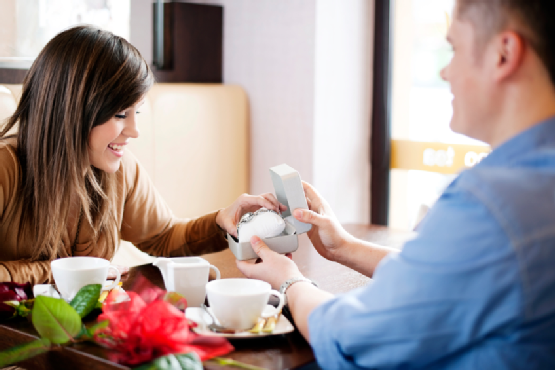
Tip #5: Surprise!
If you’re planning on surprising your special someone with a diamond-encrusted item of some sort, be sure to do your research before. Try to confer with their close friends or family, look on-line, and pay attention to their fashion and style preferences.
Tip #6: Find a salesperson that you can trust!
The staff at most local, independent retailers are generally specially educated and trained to help the jewelry-finding experience be as painless as possible. In these sort of places you’ll generally find a more interesting array of diamond jewelry than you would at larger chain retailers.
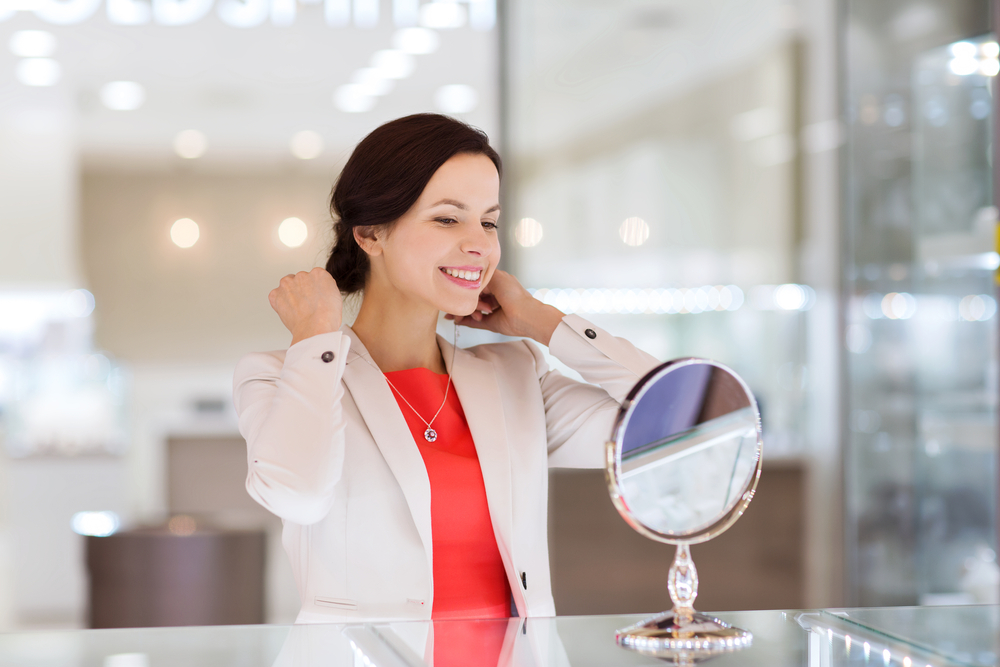
Tip #7: Try before you buy!
There is truly no substitute for going into your local jewelers and trying a piece on. Sometimes an item can look amazing online but lackluster in-store, and this way you save the hassle of having to ship an unwanted item back to whatever warehouse it came from.
Tip #8: Don’t be cheap!
Lots of time, cheaper jewelry is that way for a reason. More expensive items are usually constructed with high-quality materials, and produce with an attention to detail that cheaper designers just don’t do.
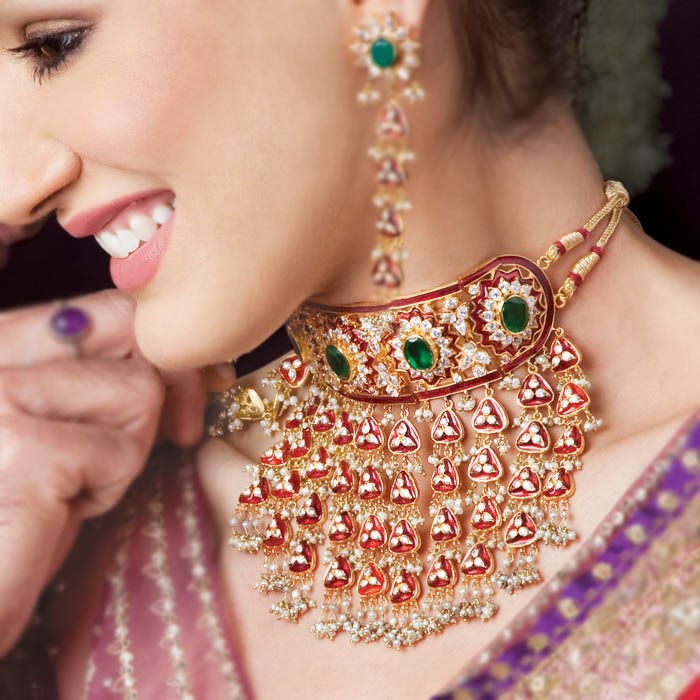
Our Recommendations:
-
Engagement rings:
Other than the brands mentioned above, we’re also loving engagement rings by designer like Michael M and Tacori, such as this beautiful, vintage-inspired Tacori RoyalT prong-style ring.
-
Wedding Bands
For wedding bands that are timeless, but still modern, we recommend that you check out the eternity style wedding bands. Also, for grooms we recommend the bold and versatile rings by brands like Benchmark or Simon G.
-
Diamond Necklaces
Finding the perfect diamond necklace all depends on the neckline of your wedding dress. For deeper necklines we suggest long pendant necklaces, like this 18-karat white gold necklace from Tacori’s “Tears of Joy” collection.
For scoop and higher necklines, we suggest necklaces with small chains, like this Tacori “Reverse Crescent” diamond necklace.
-
Diamond Bracelets
Similar to wedding necklaces, we recommend sticking with white gold, platinum, or stainless steel pieces. For example, we love this bangle-style bracelet from the exclusive Tacori “Vault” collection!
-
Diamond Earrings
Again, just keep it simple. A simple pair of diamond studs can go a long way. If you’re feeling a bit more adventurous, try something like these Simon G “Mosaic” and Simon G “Duchess” diamond earrings.
Now It’s Your Turn!
Show us your wedding jewelry! Comment, or hit us up on our Twitter, Instagram, or Facebook, and use the #weddingwednesday hashtag to get our attention!
~~Heather
